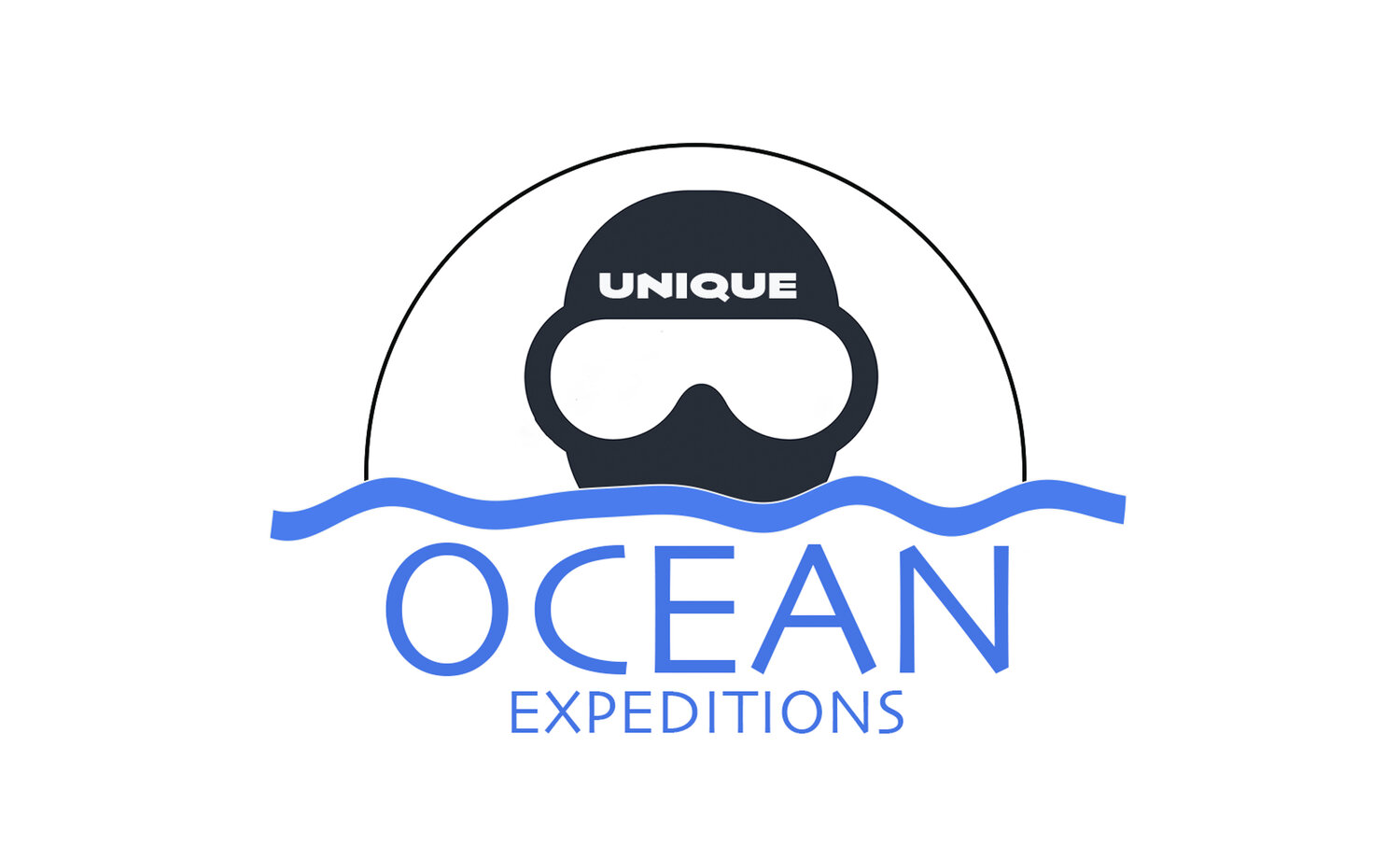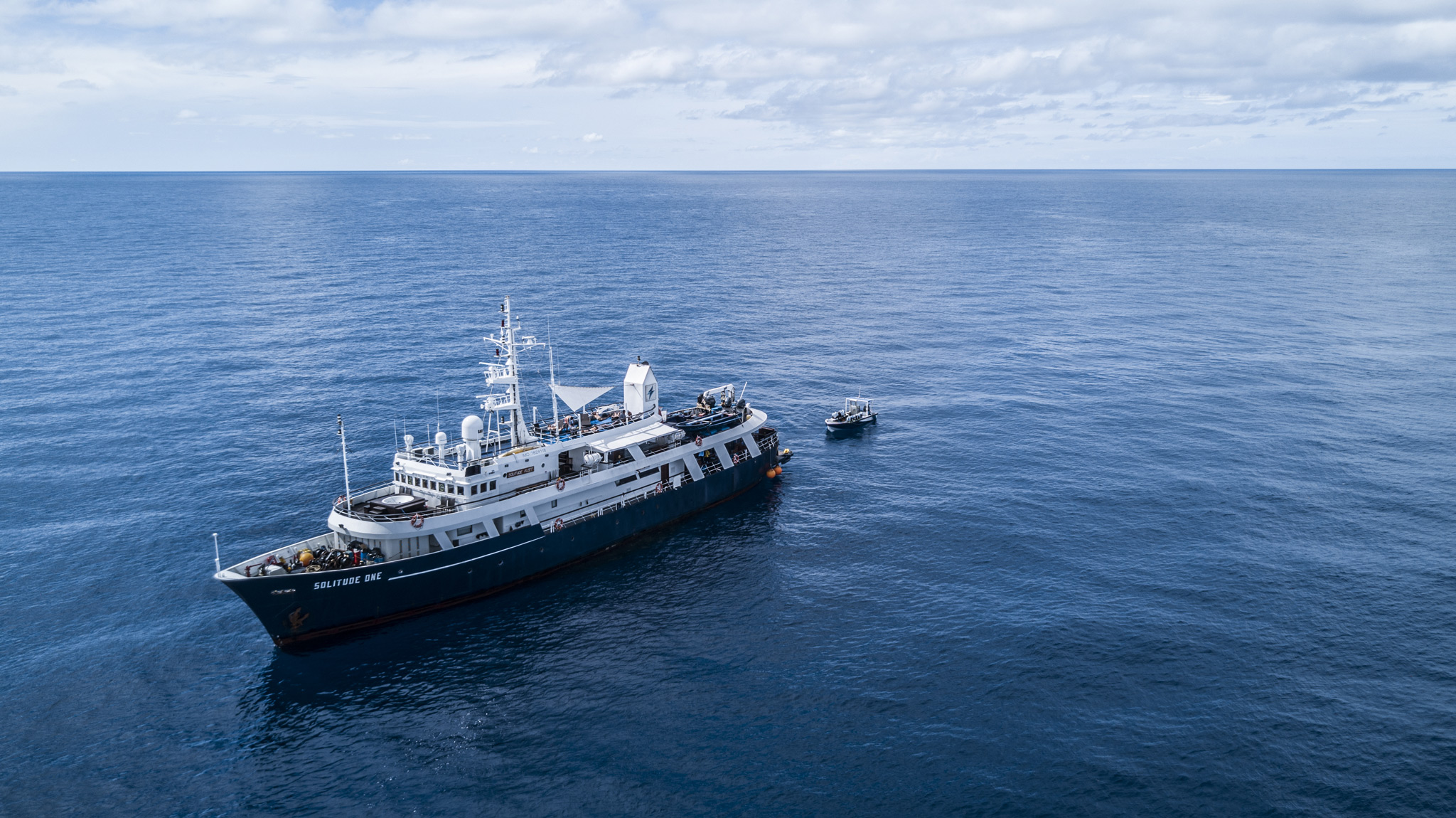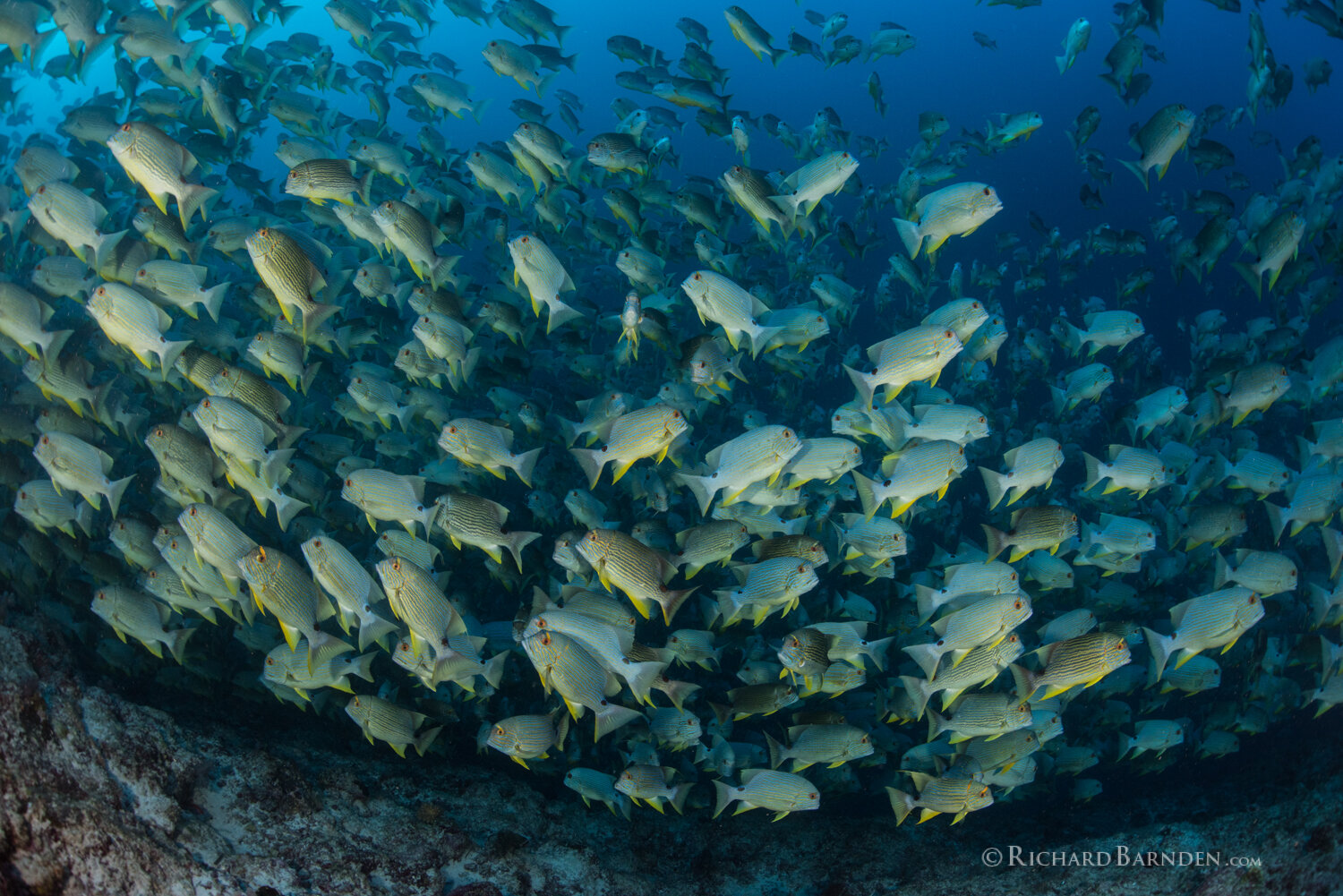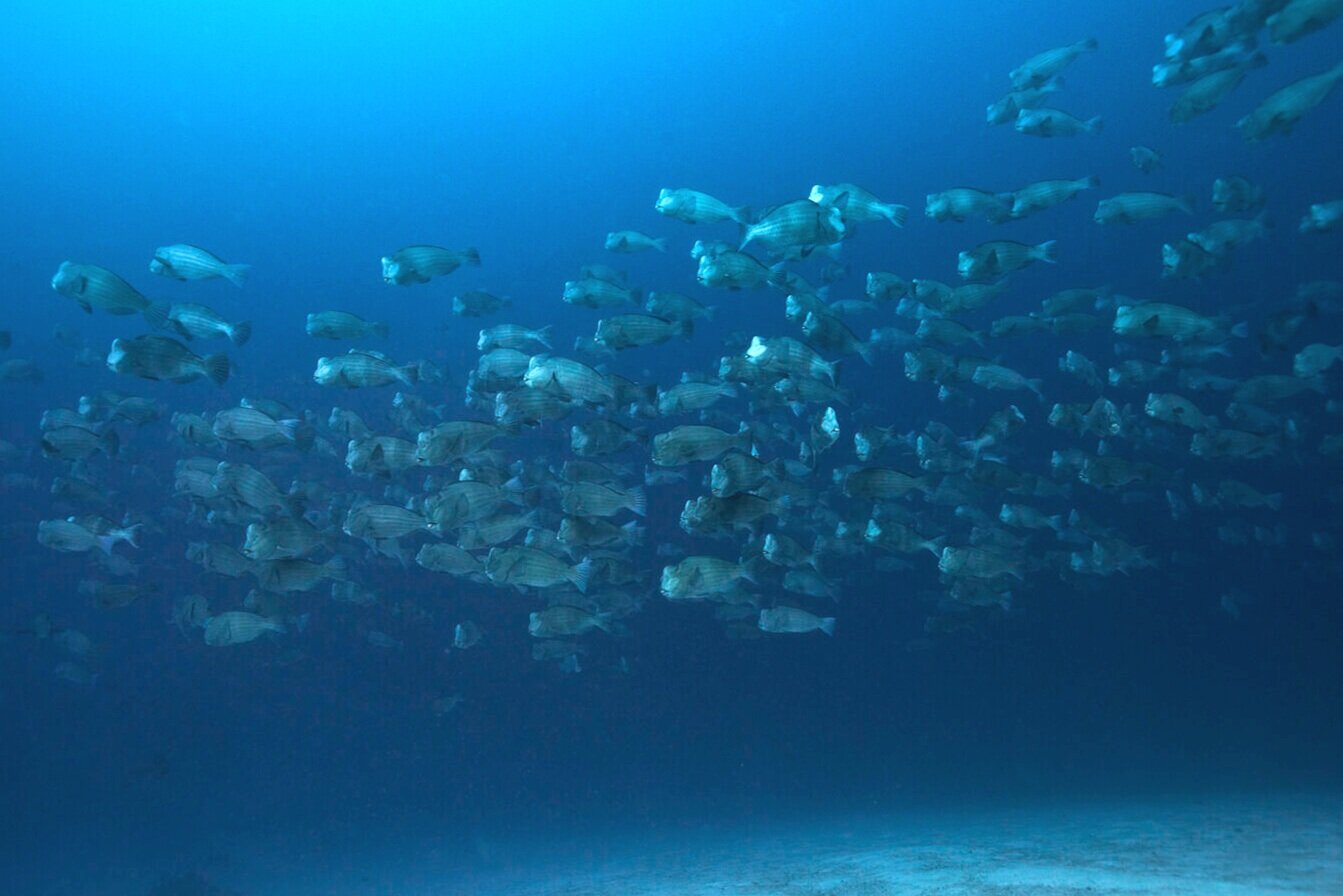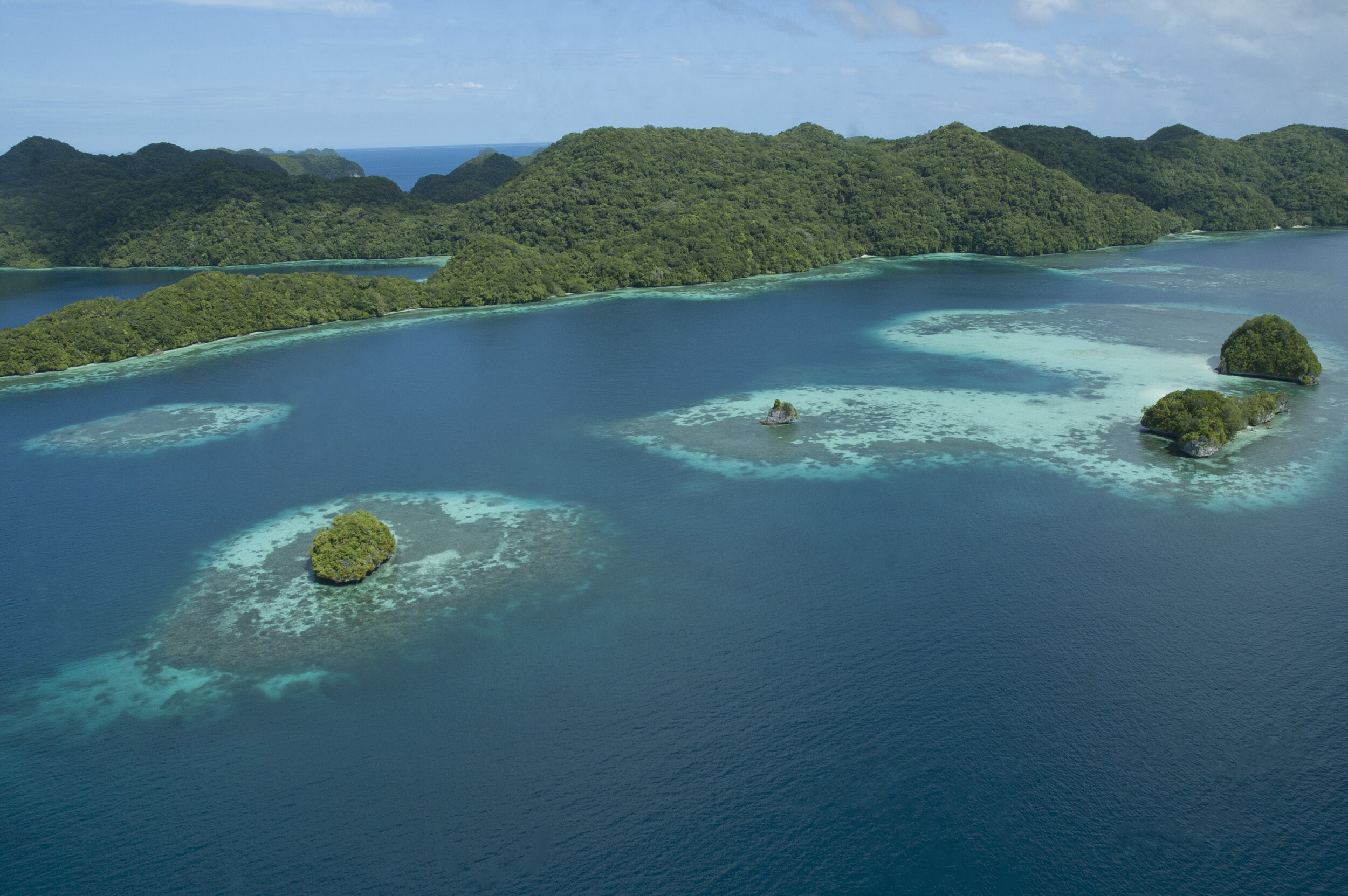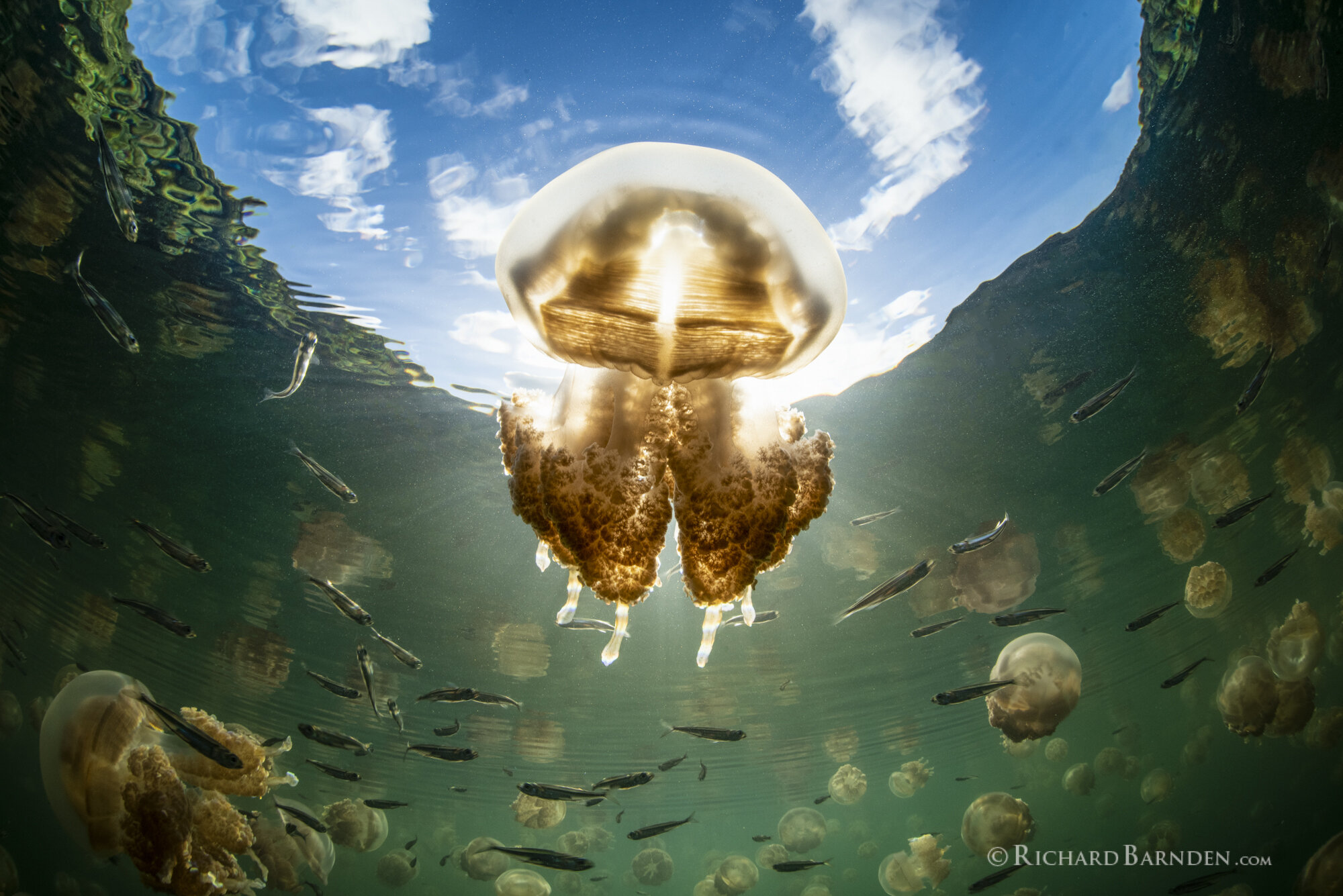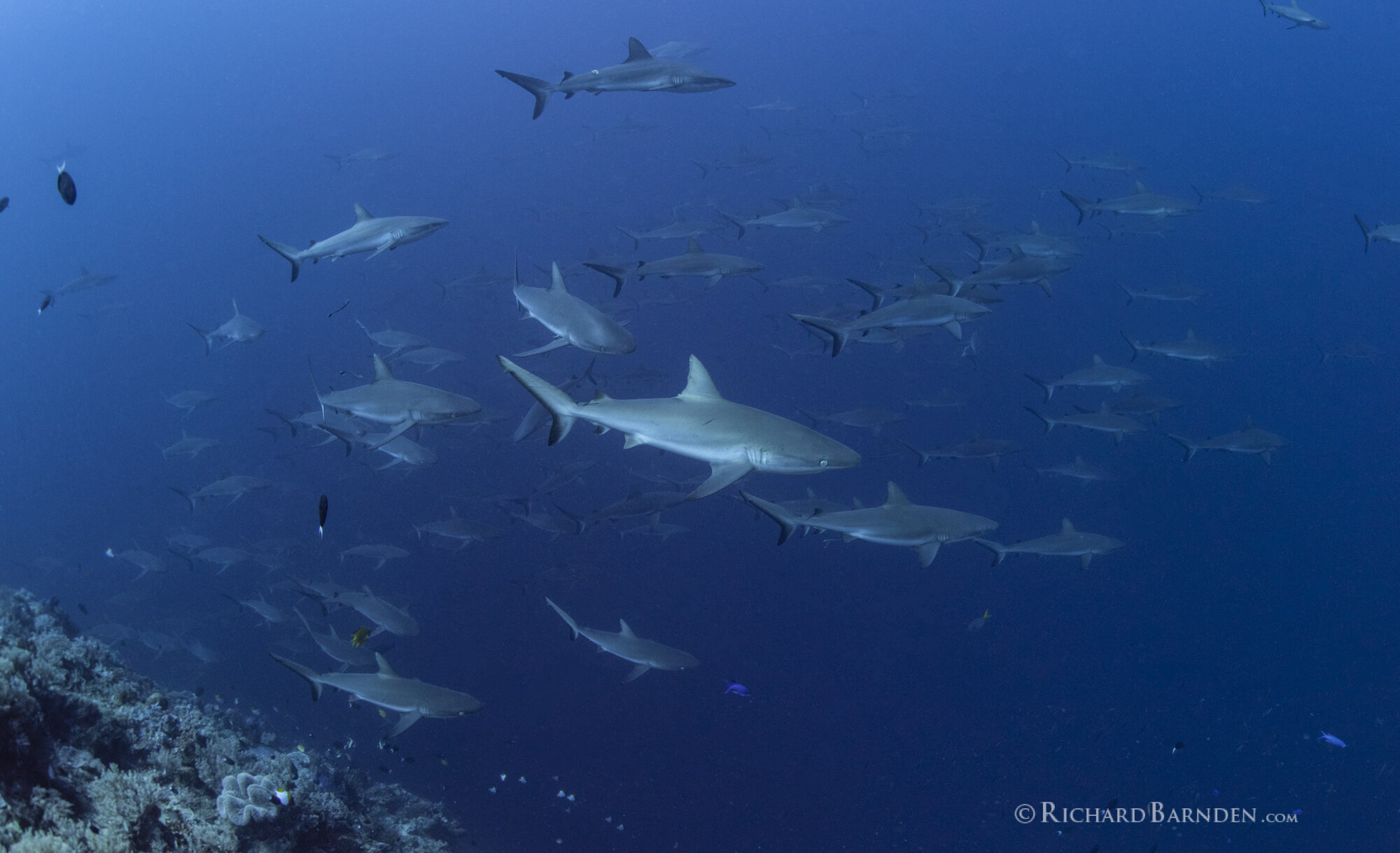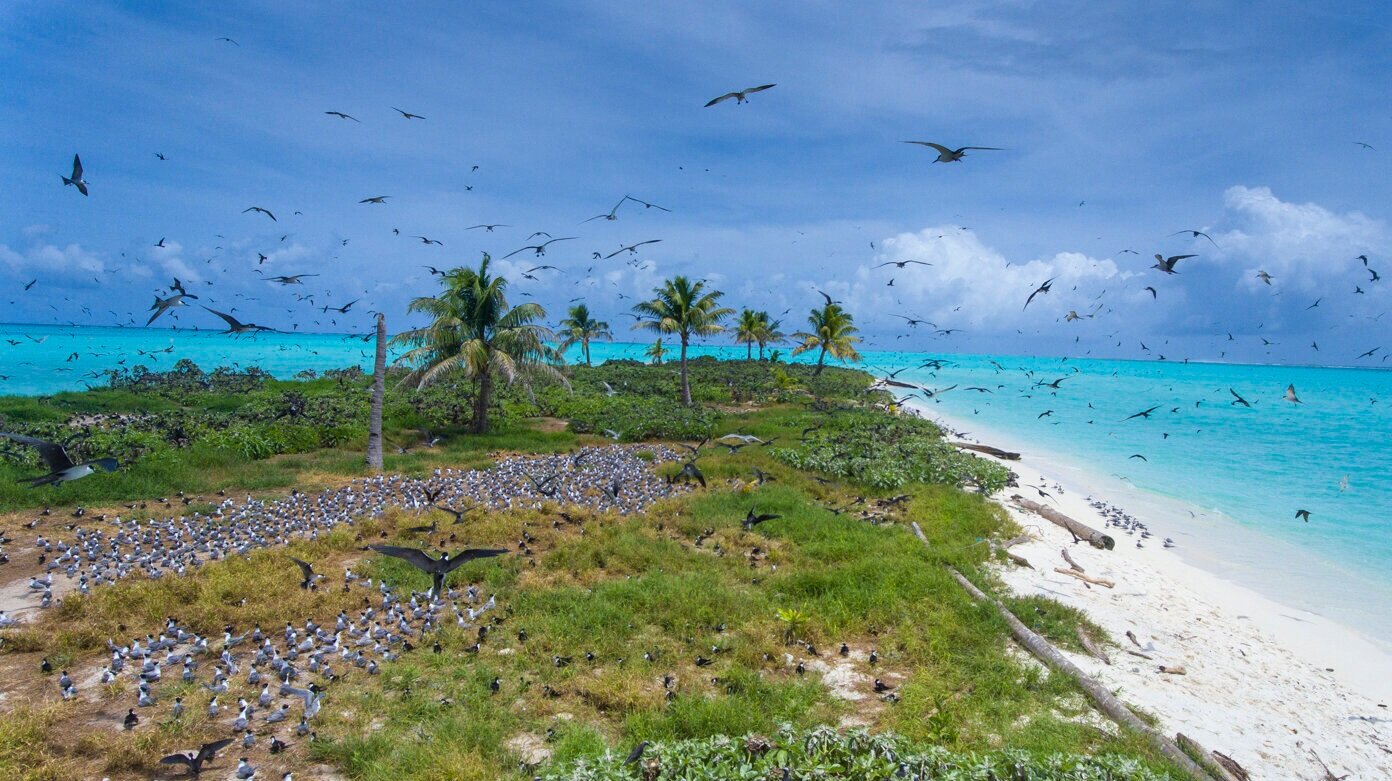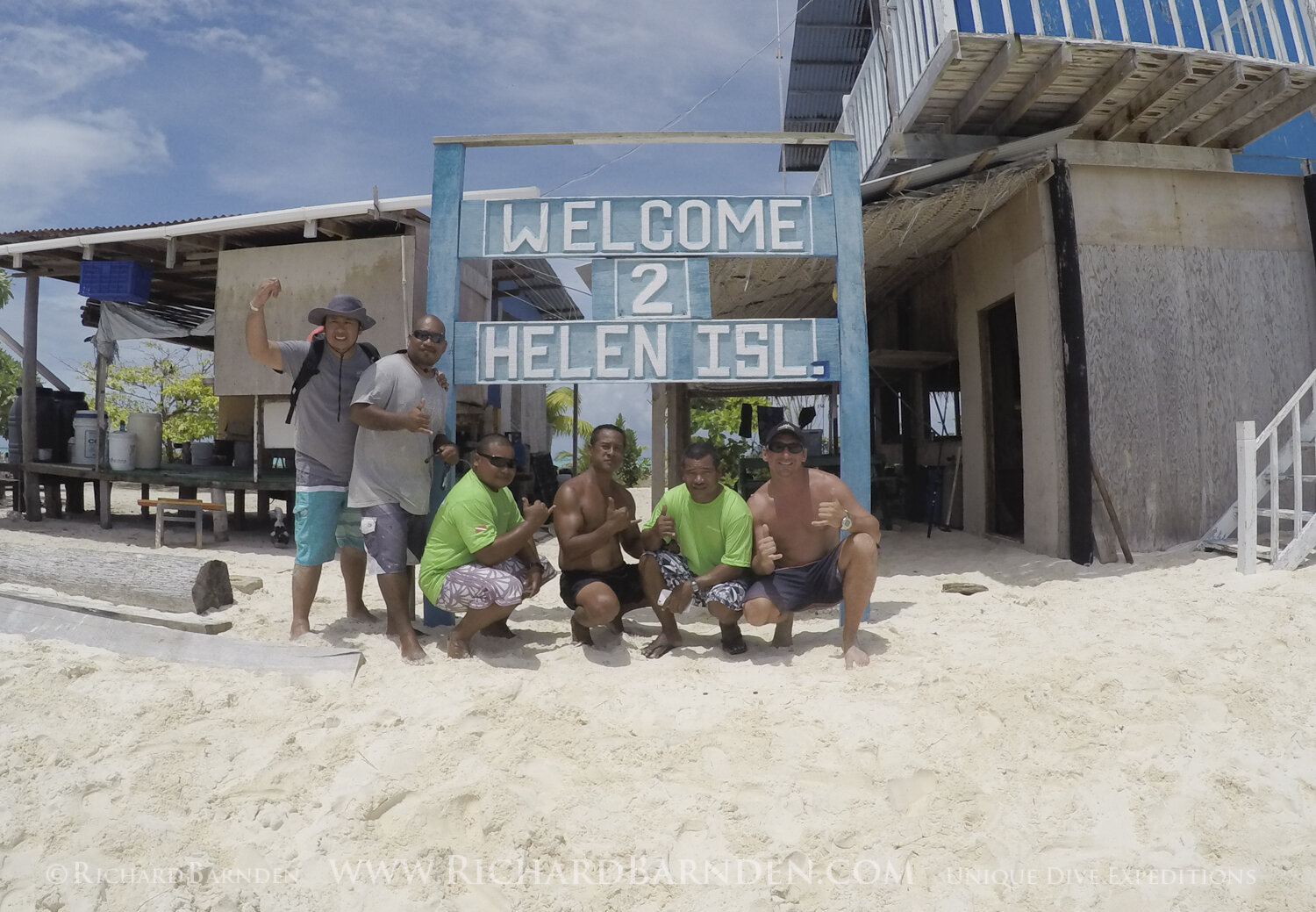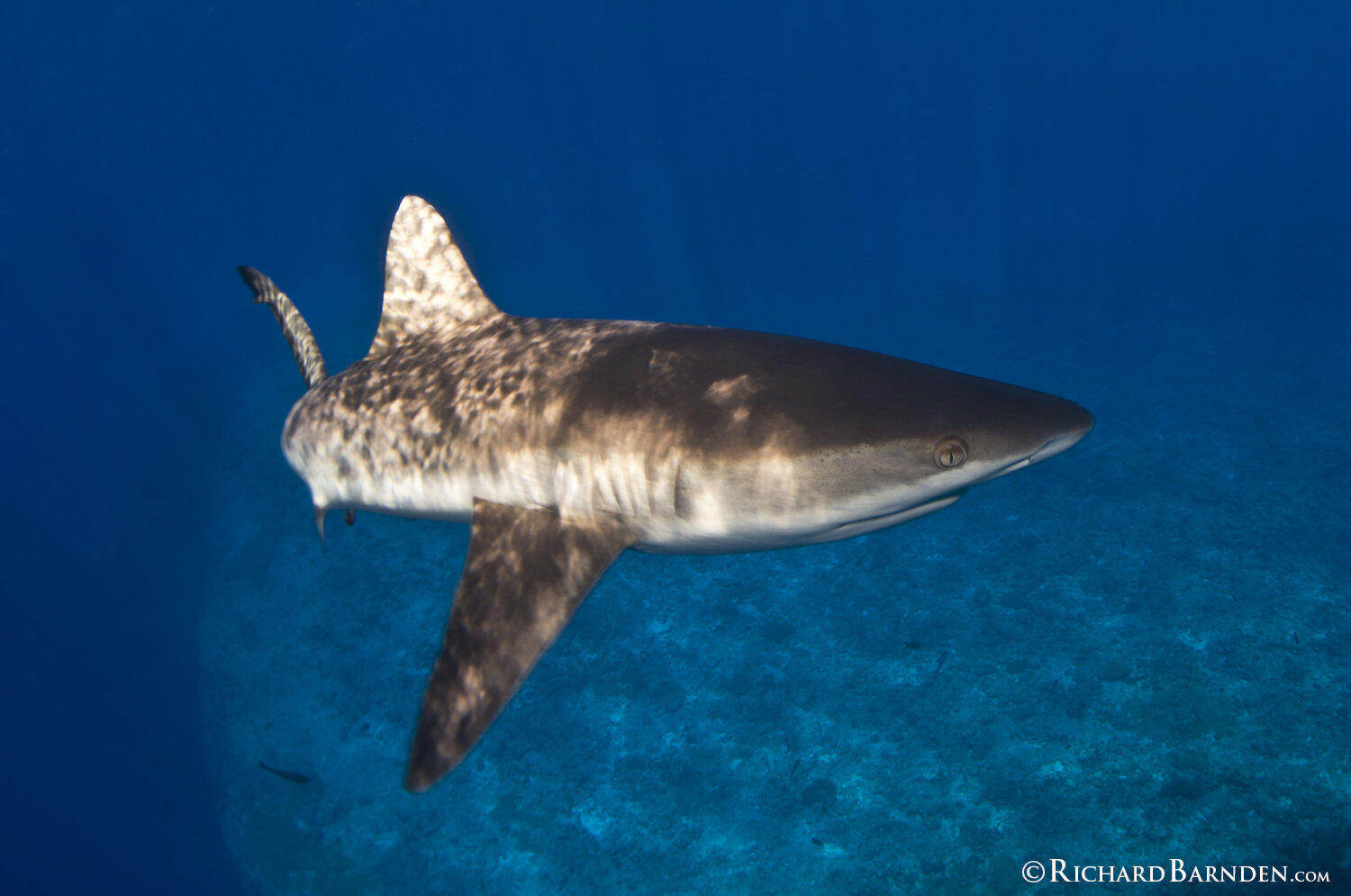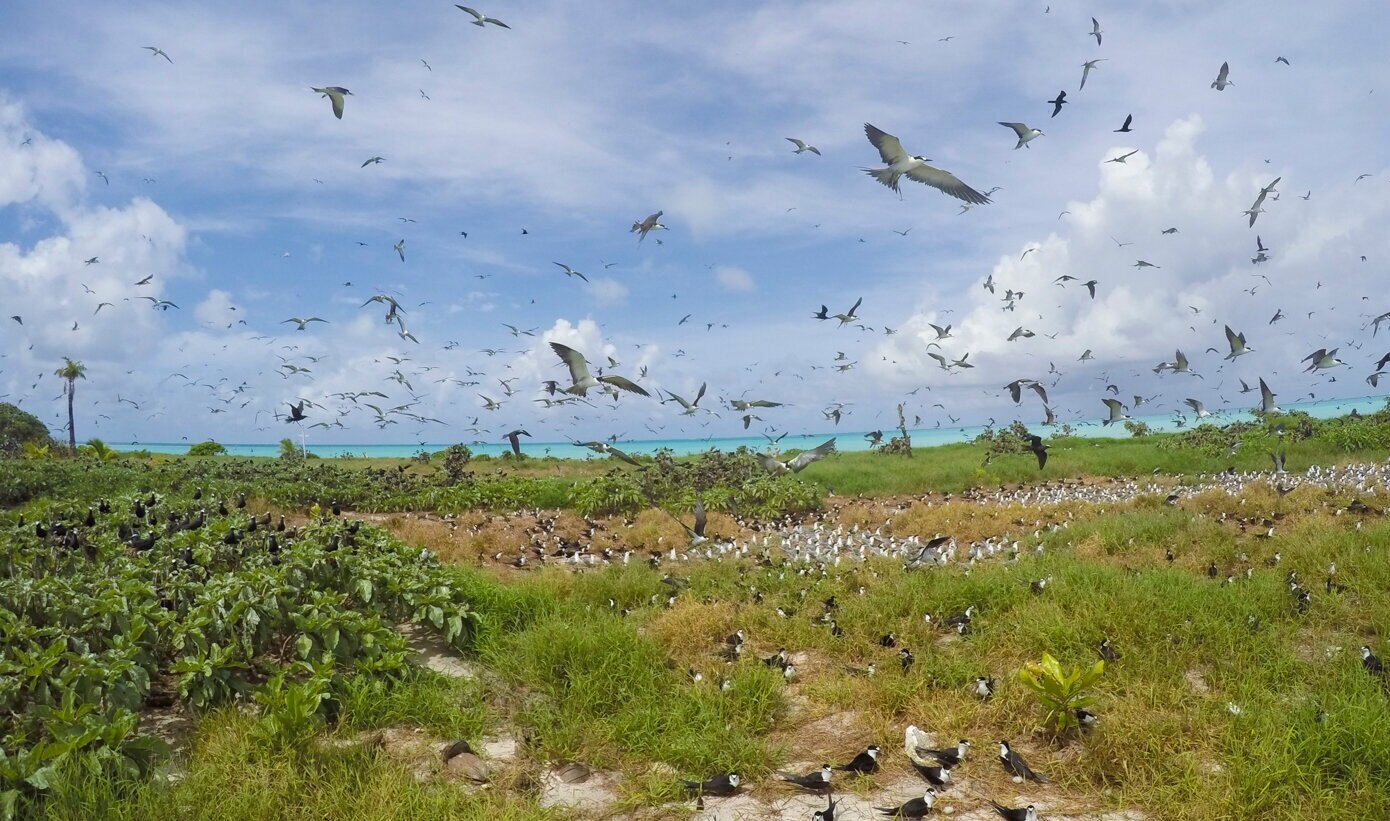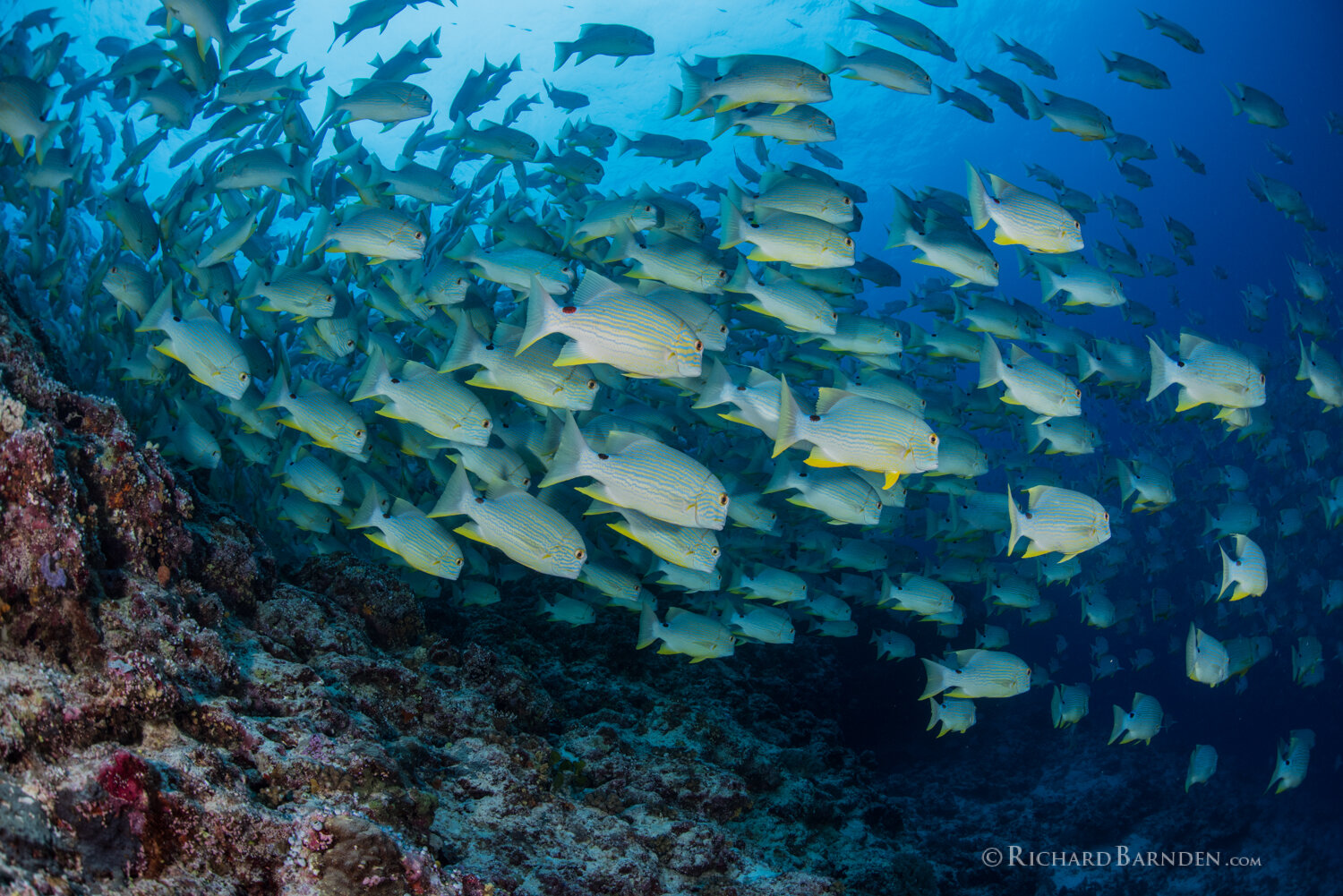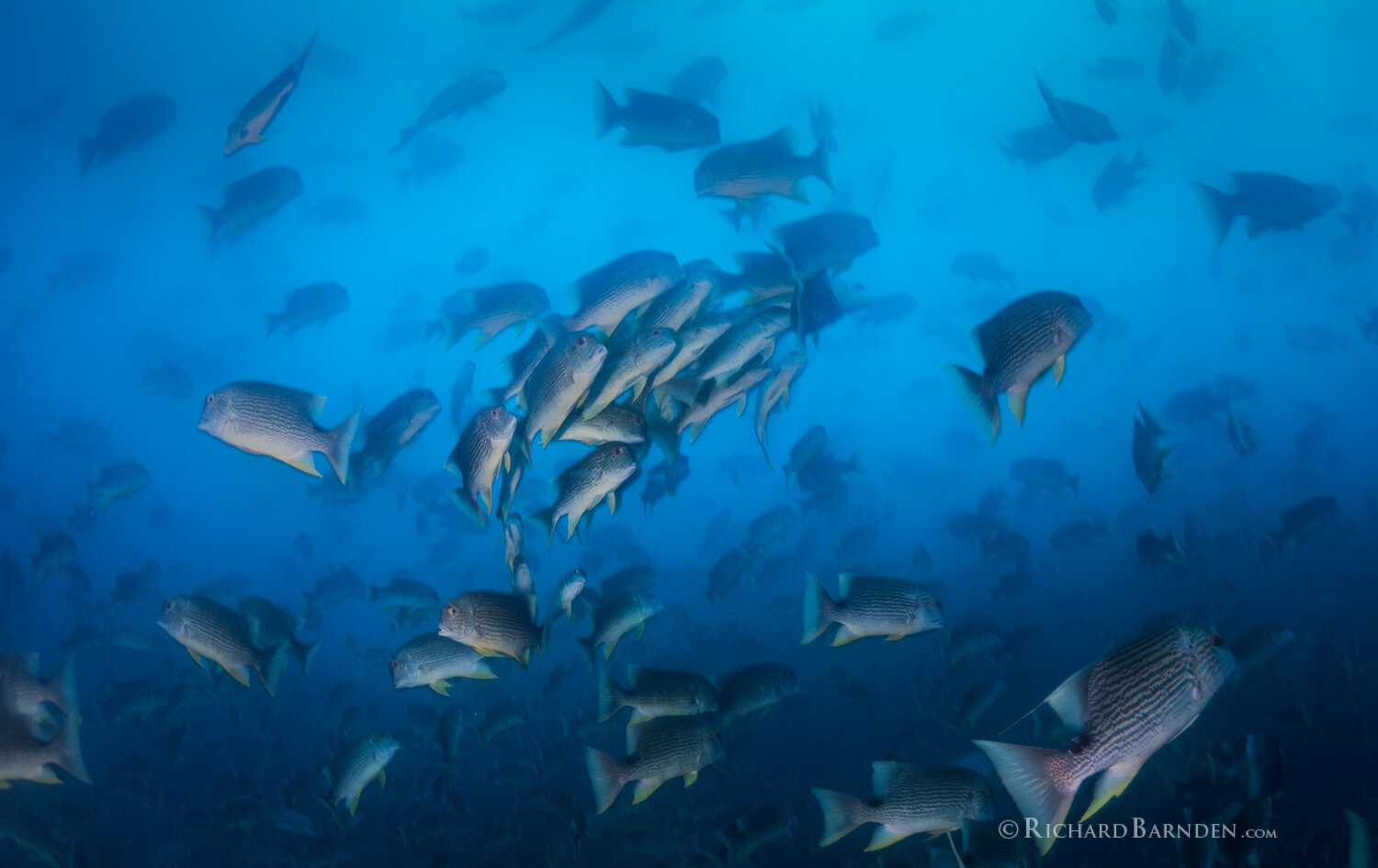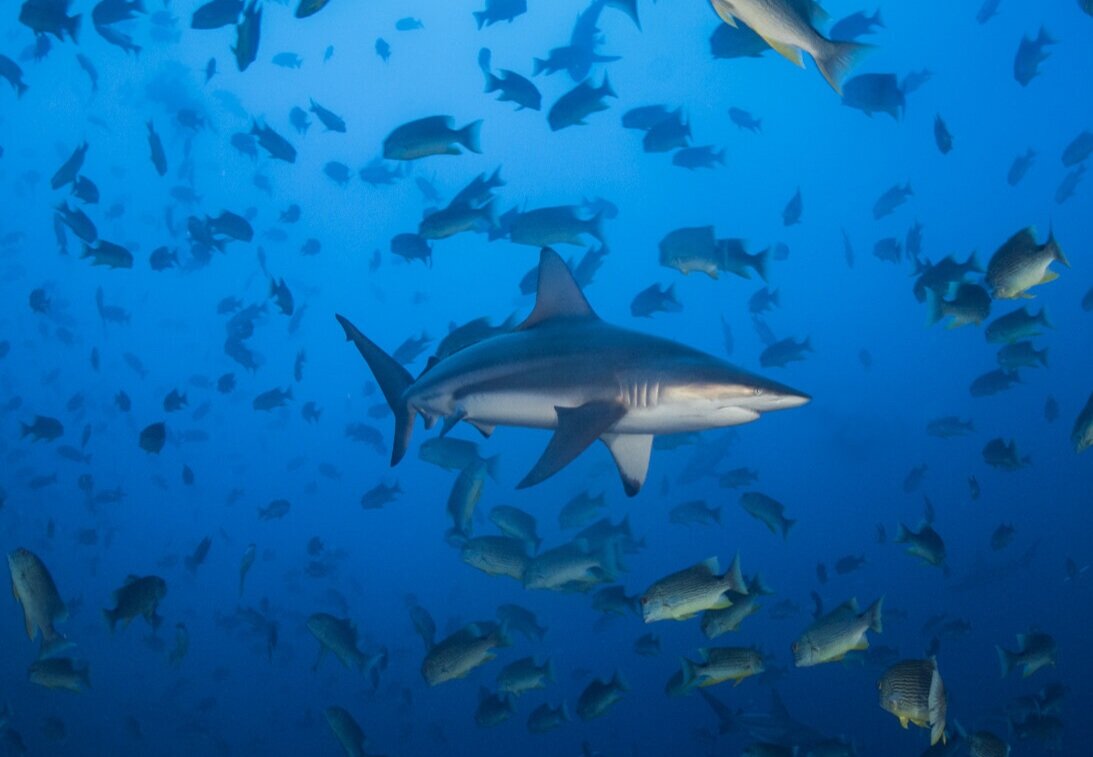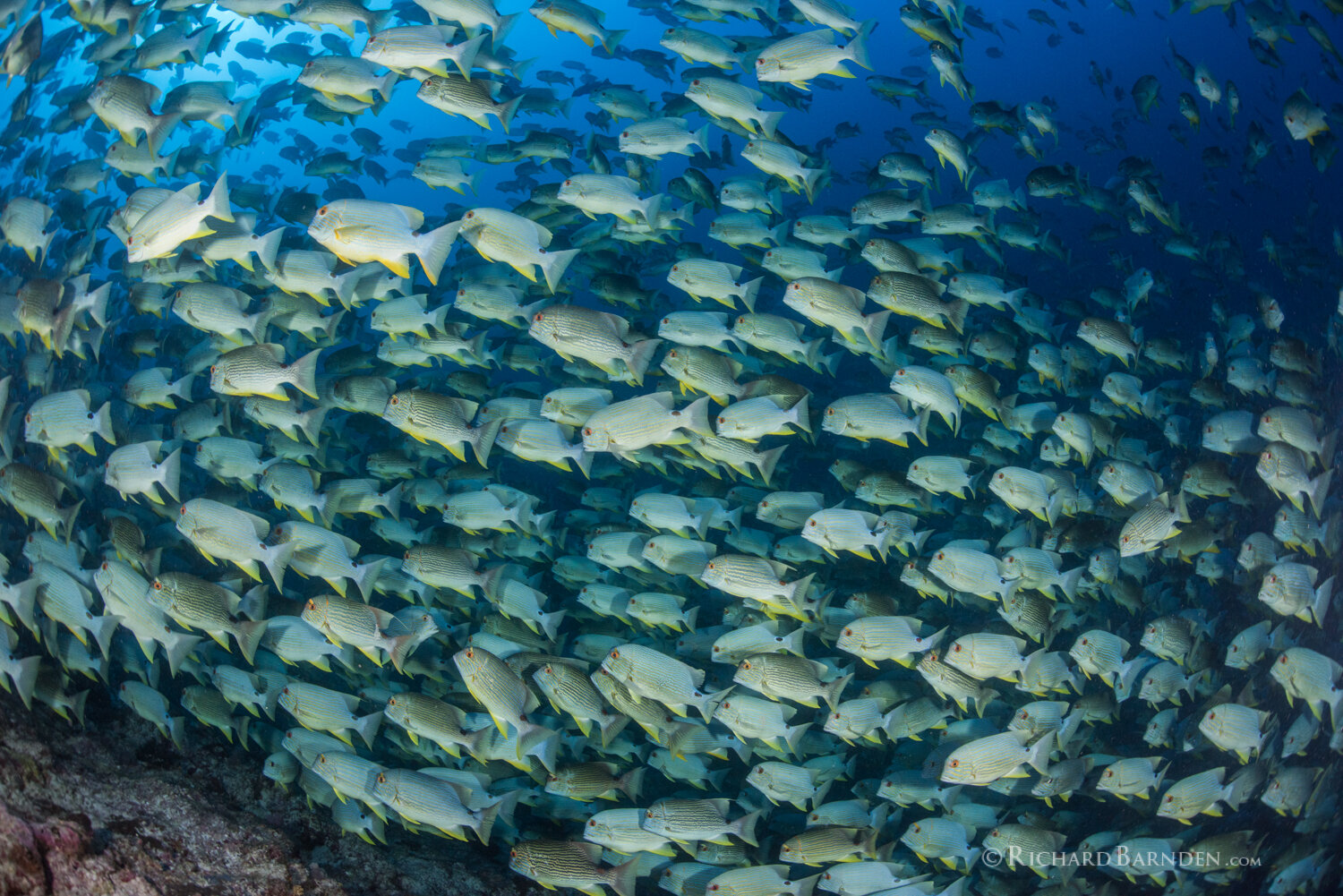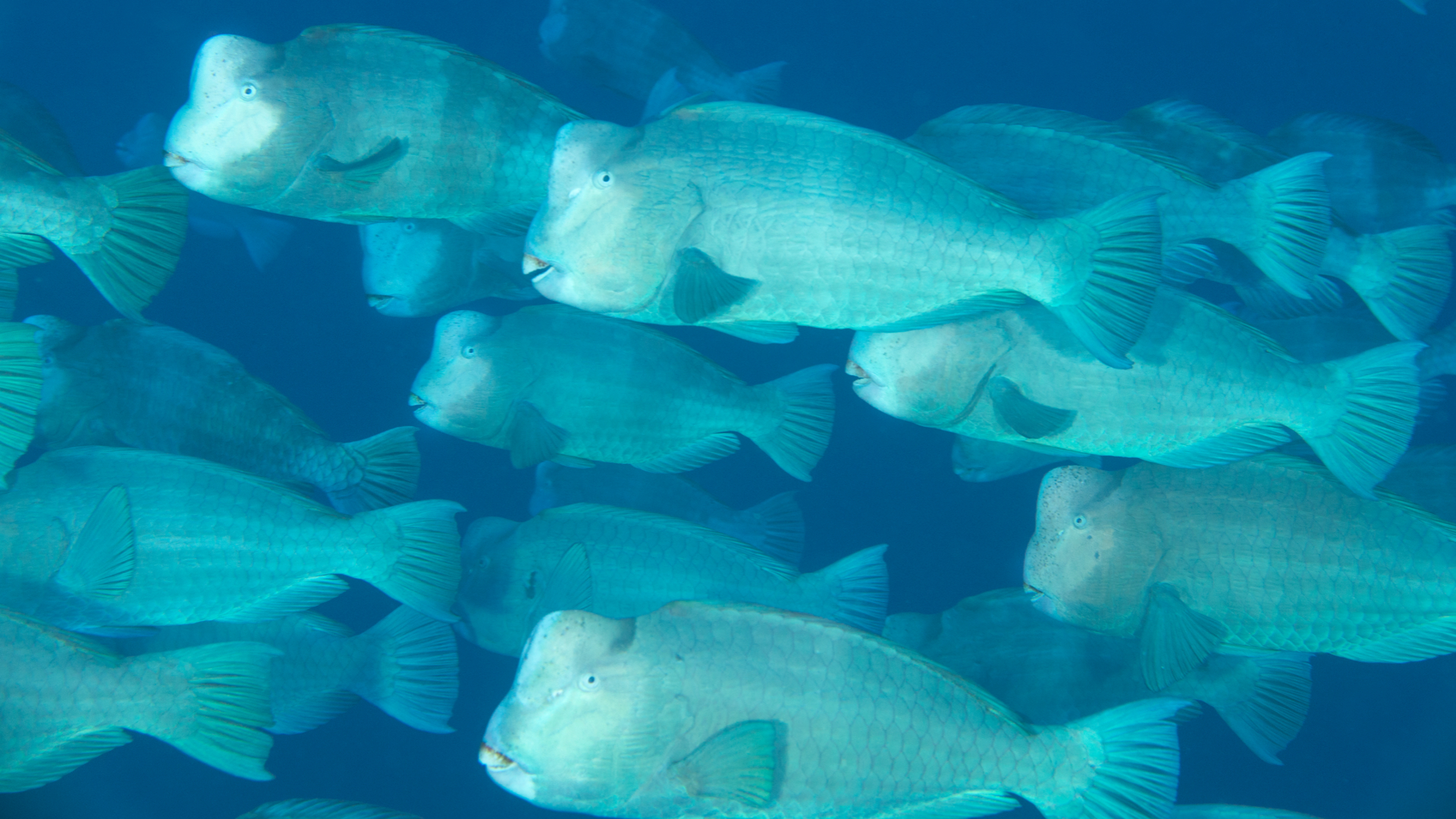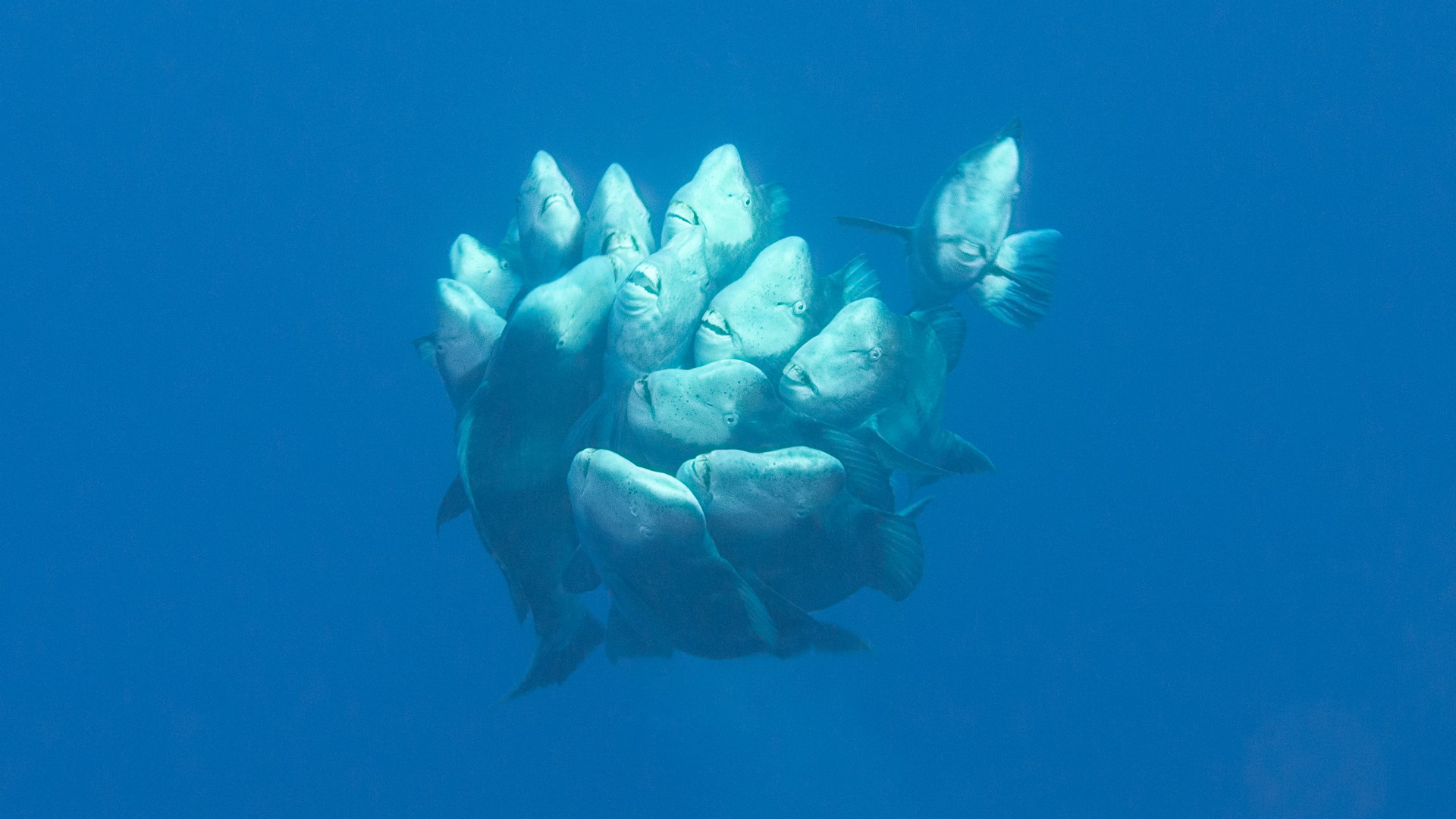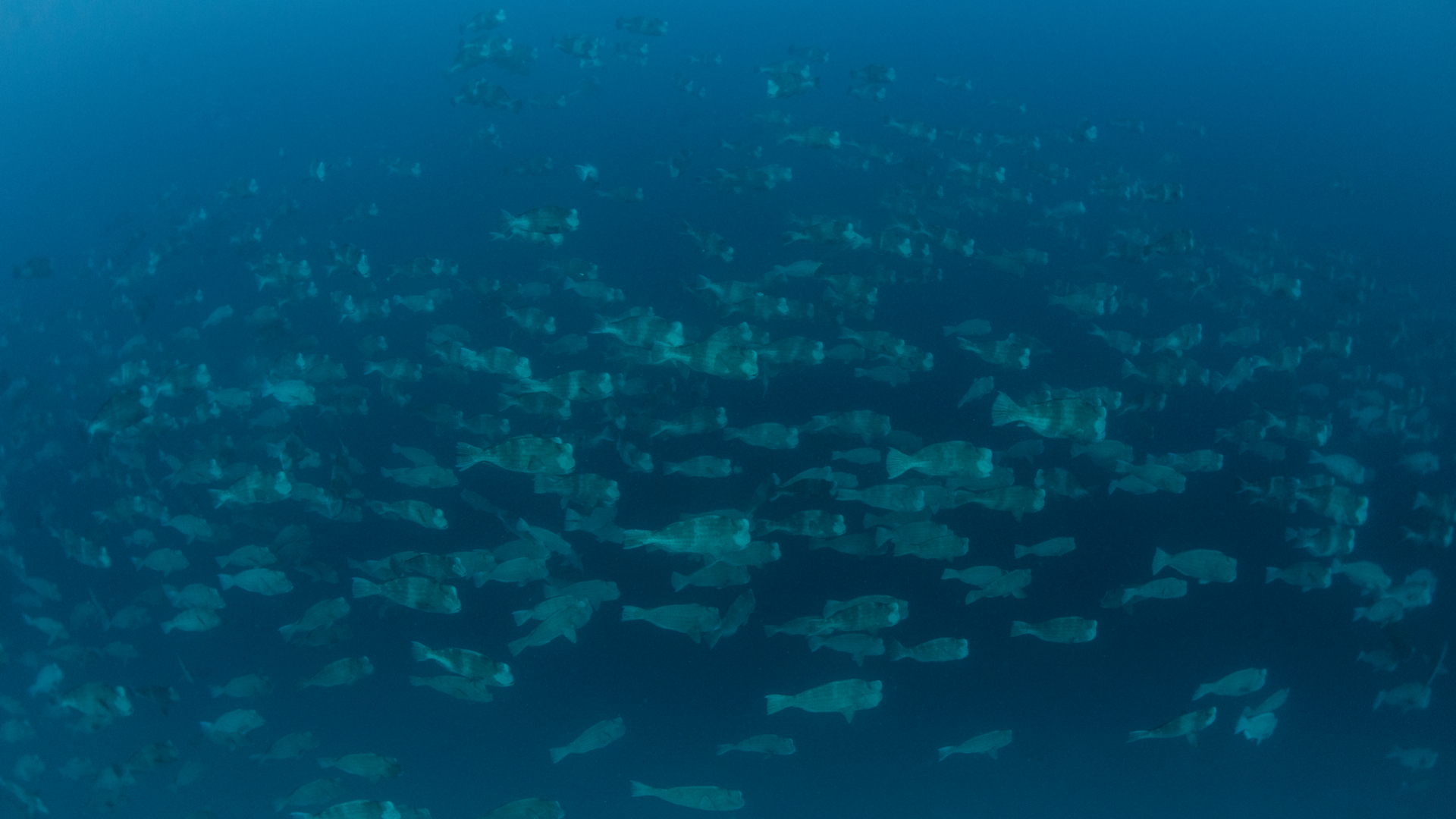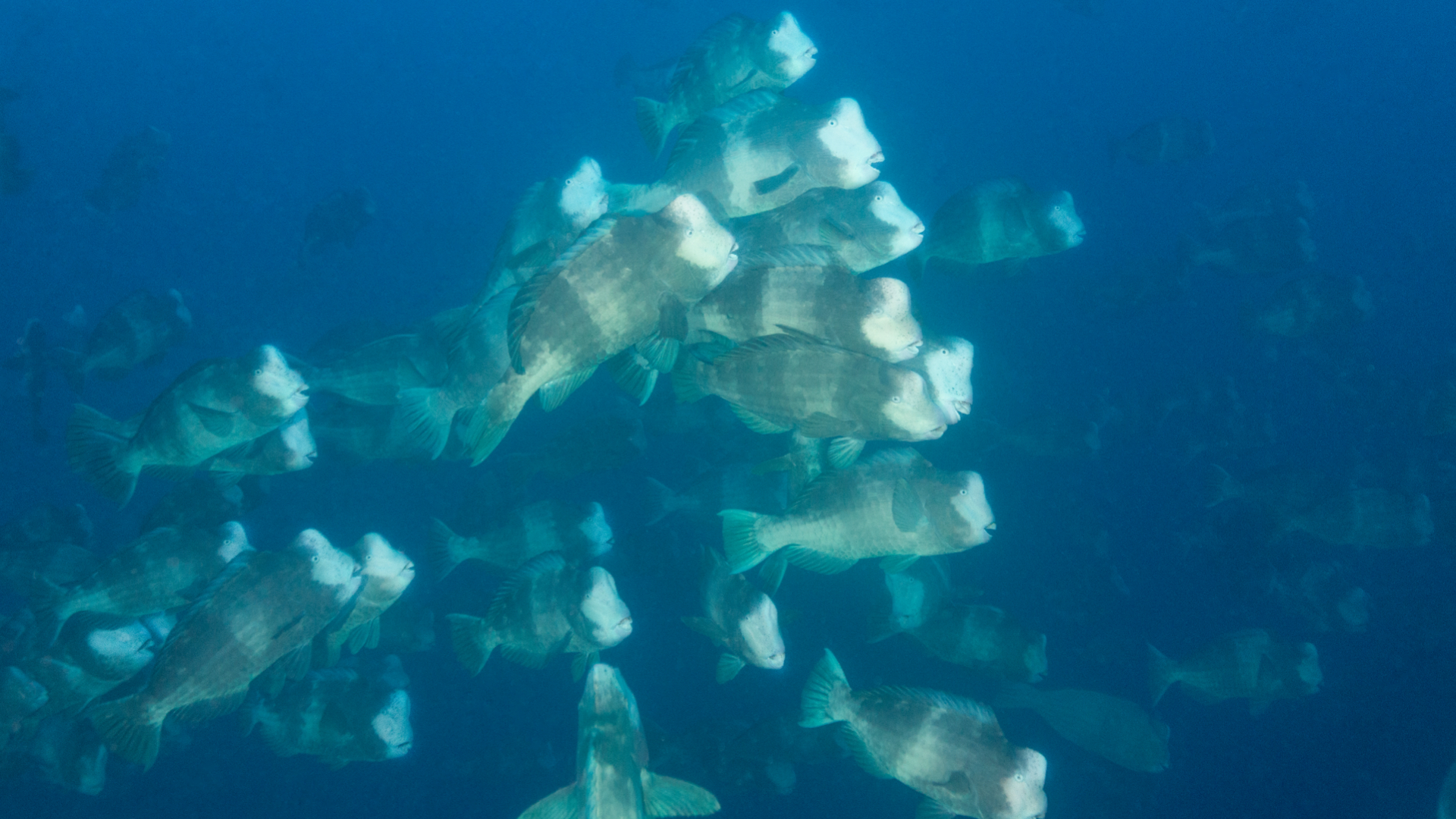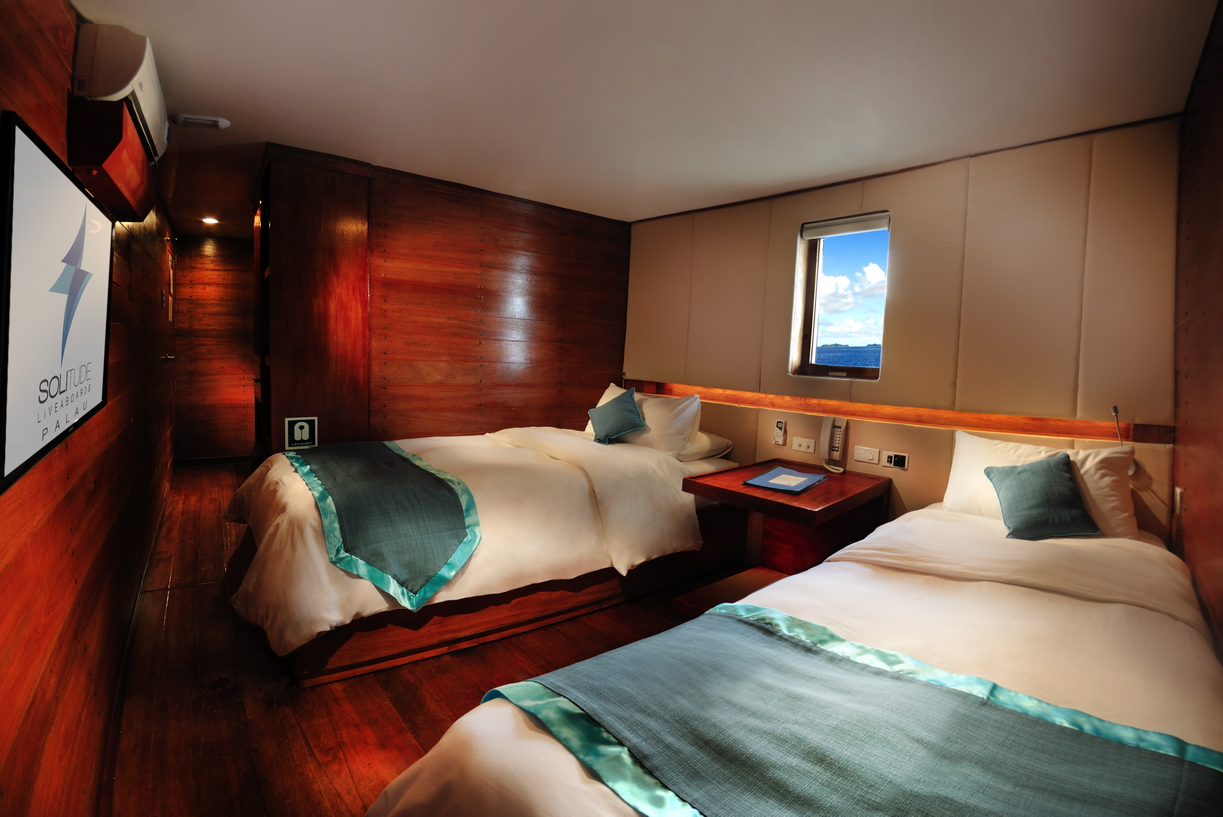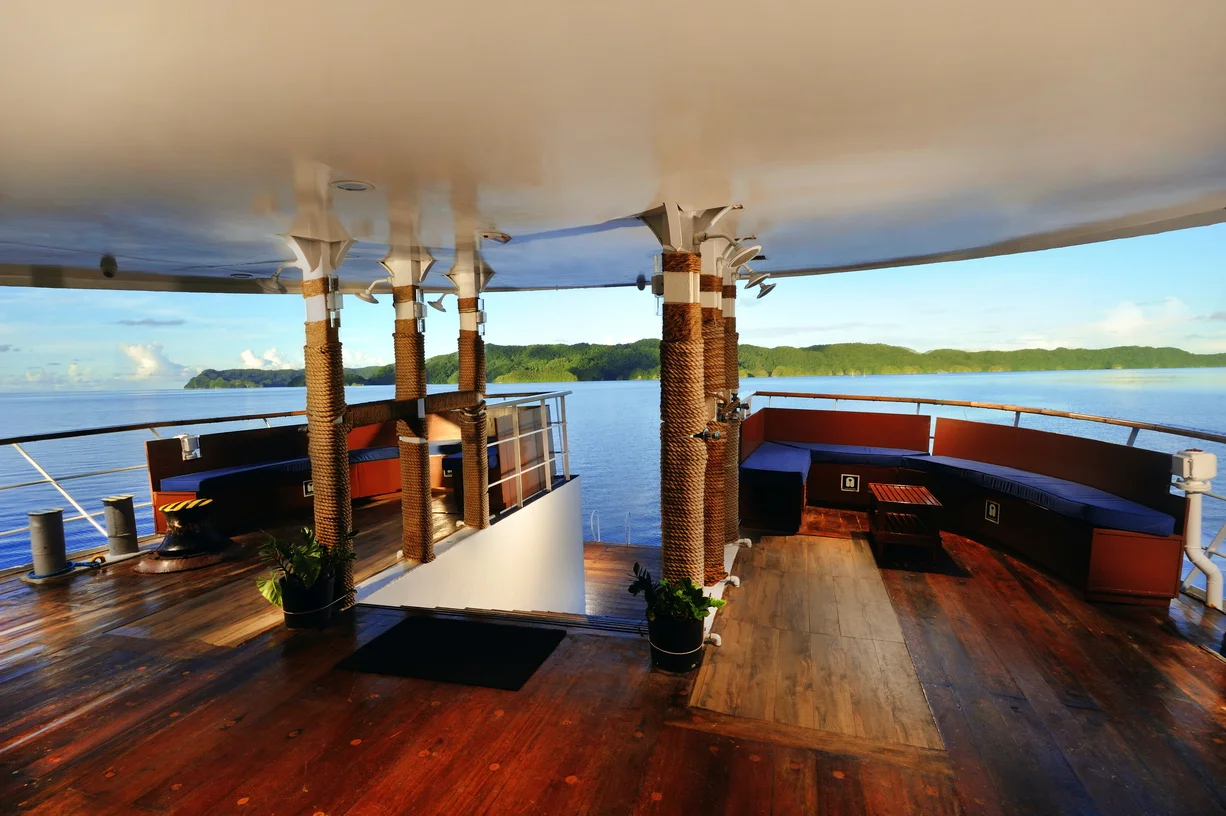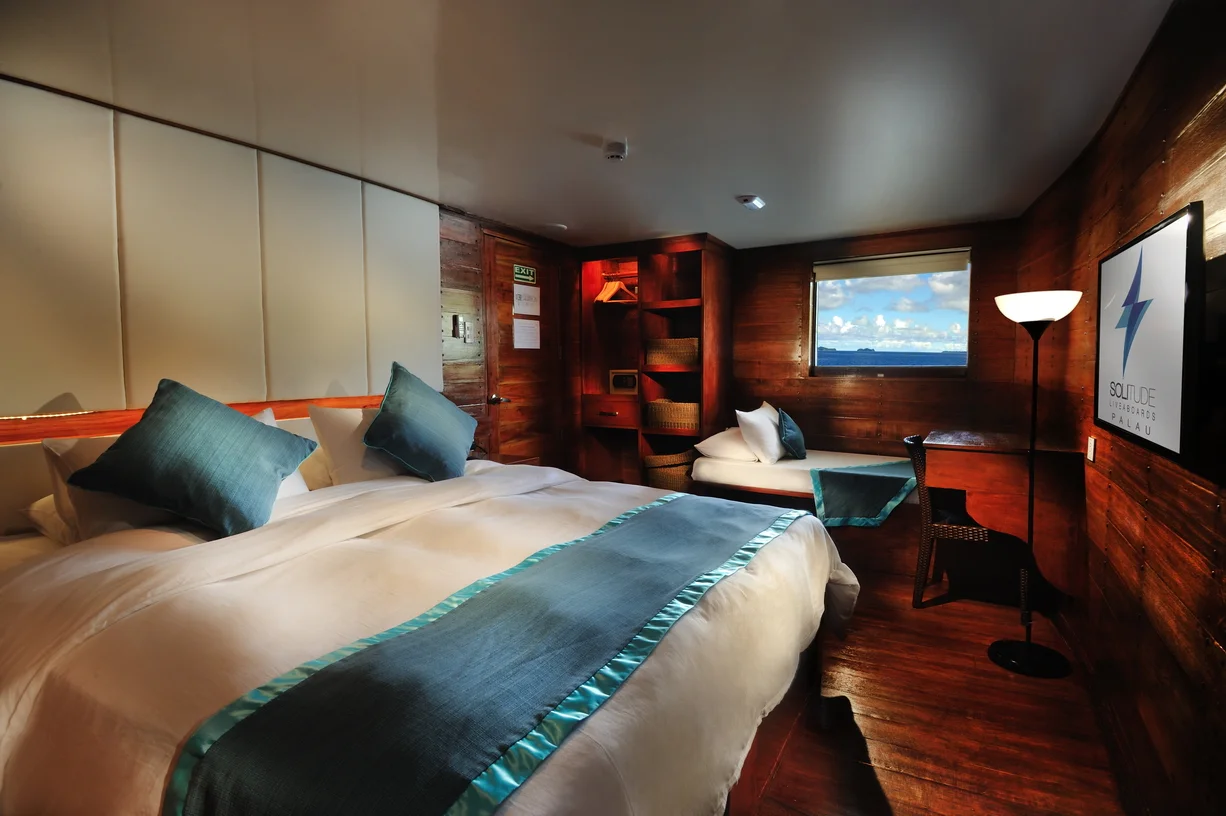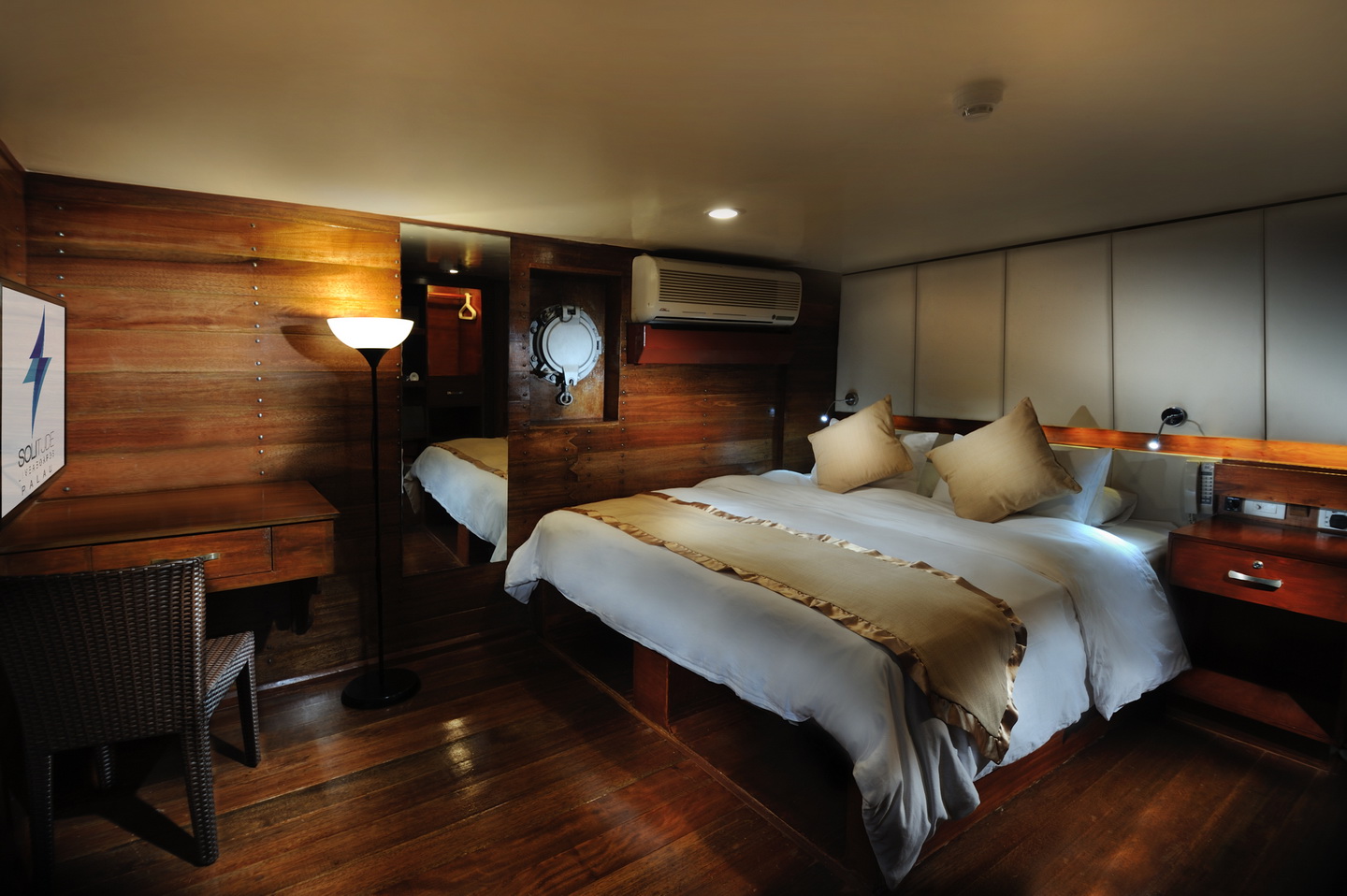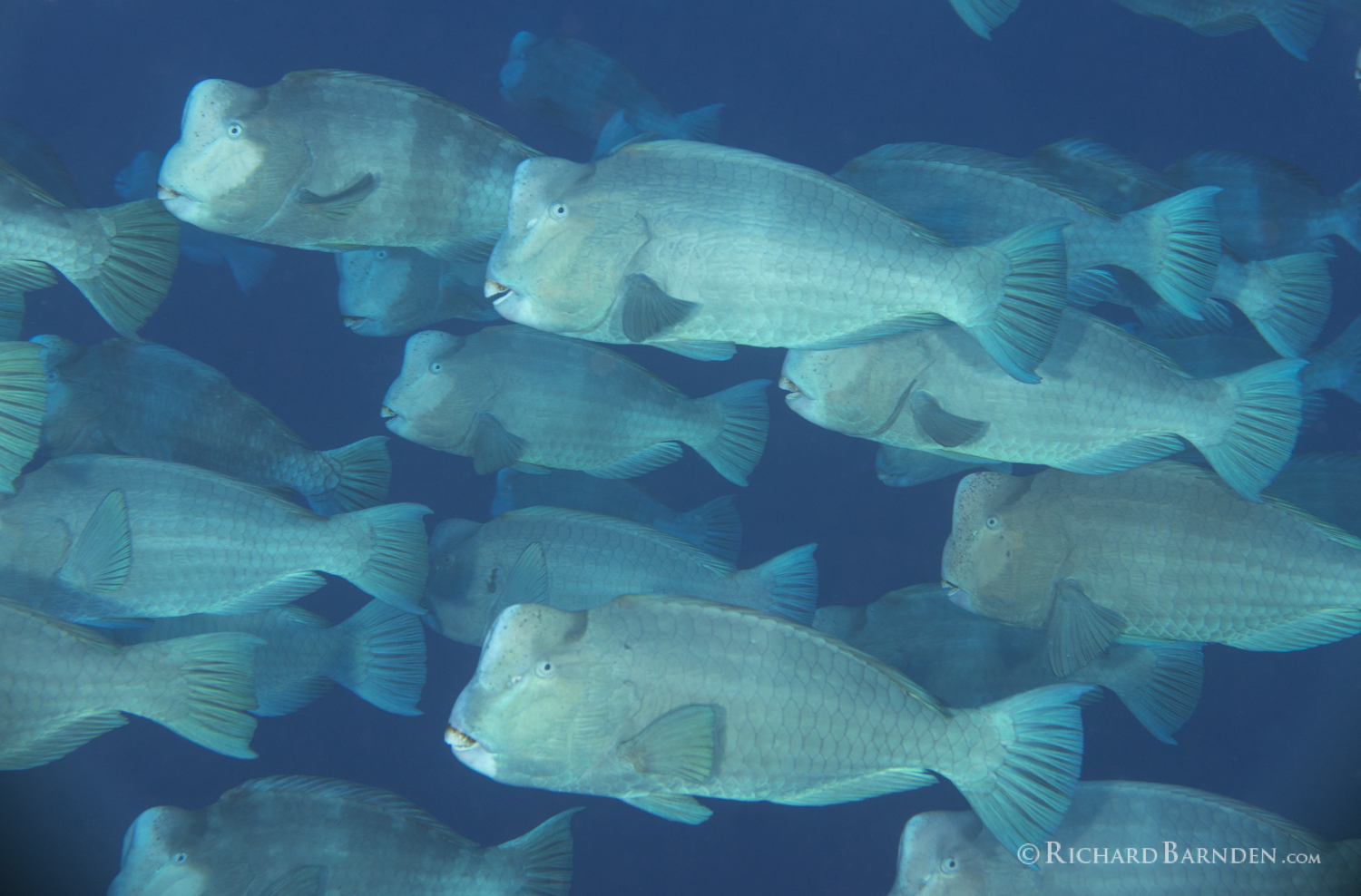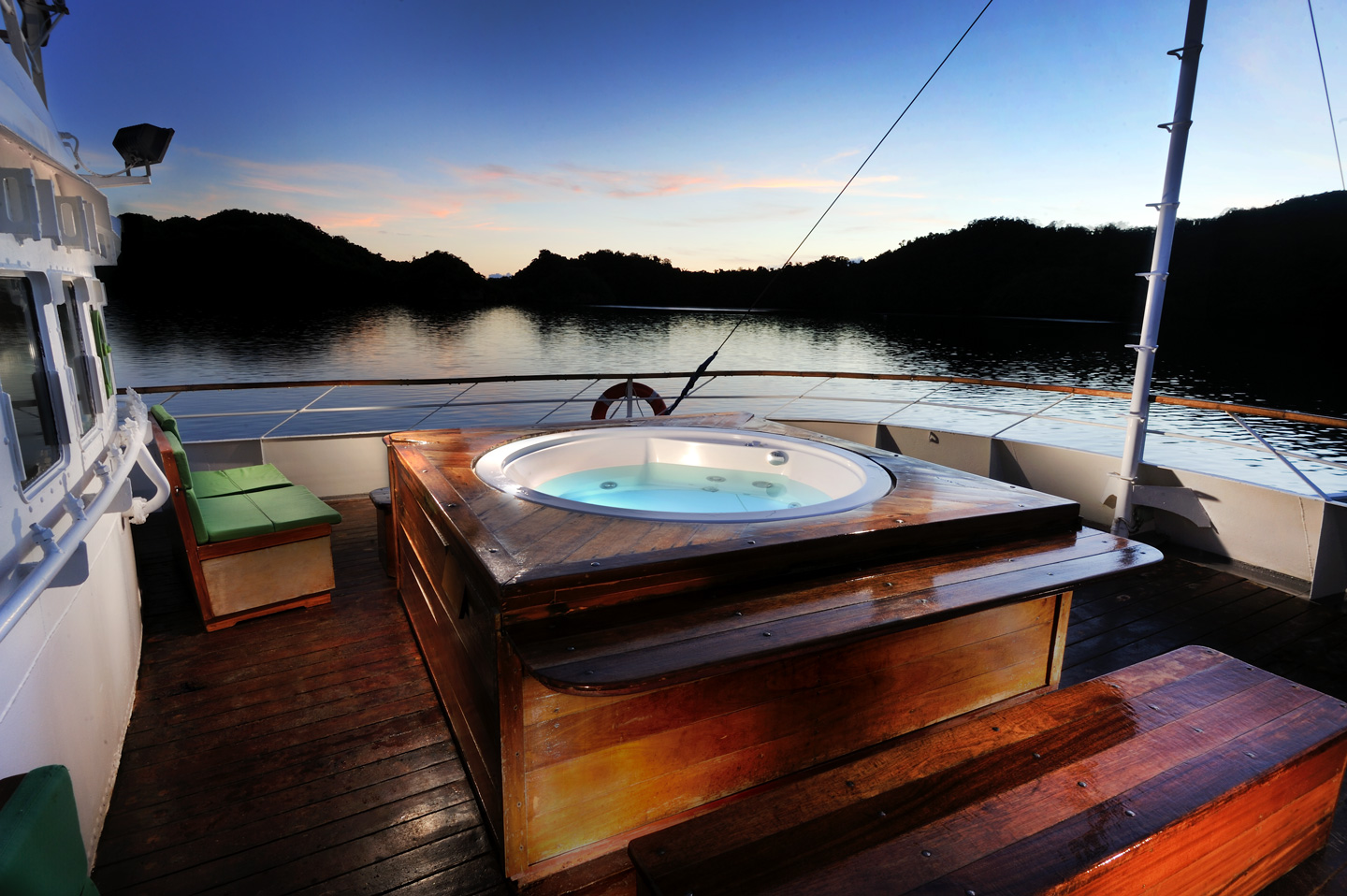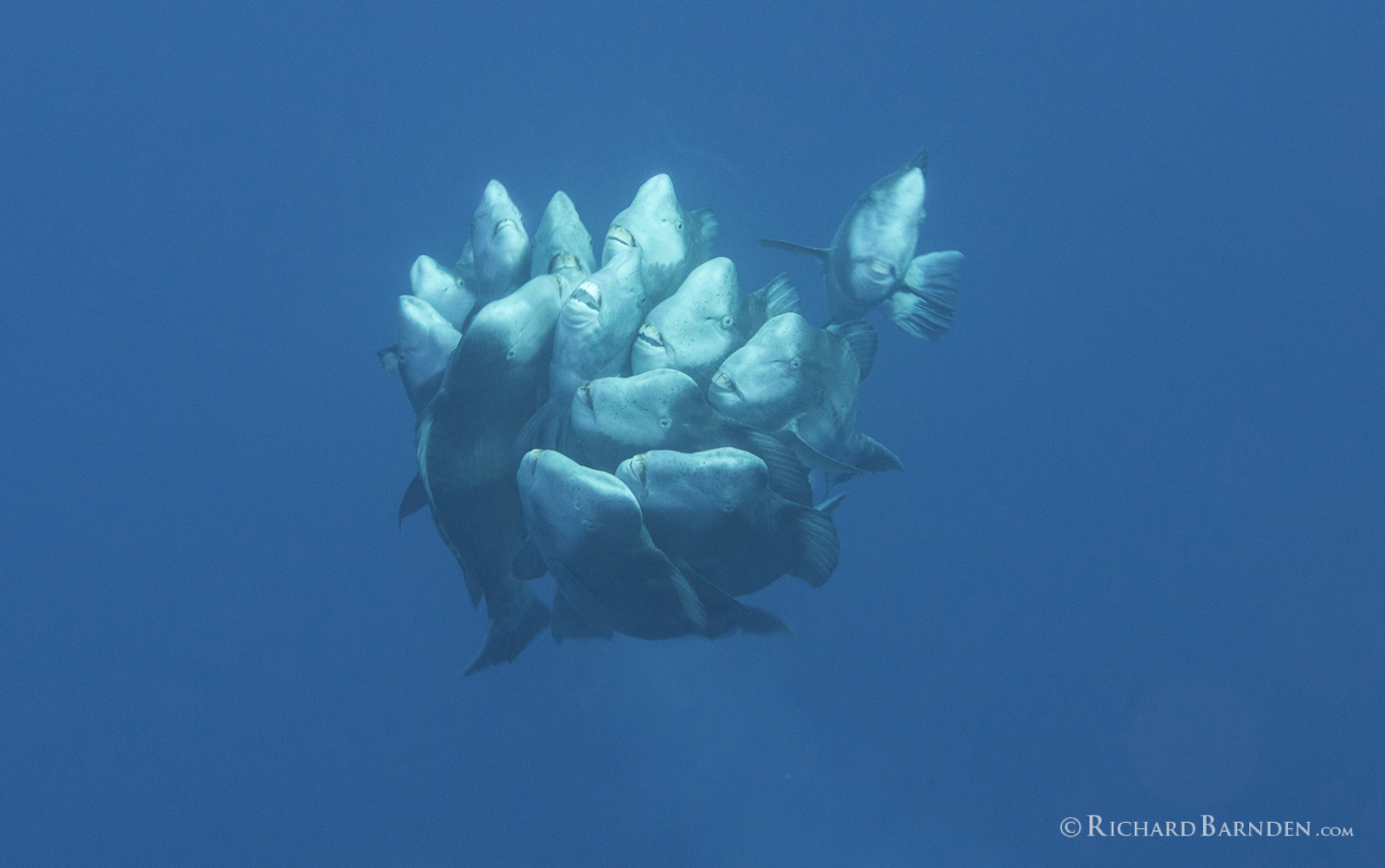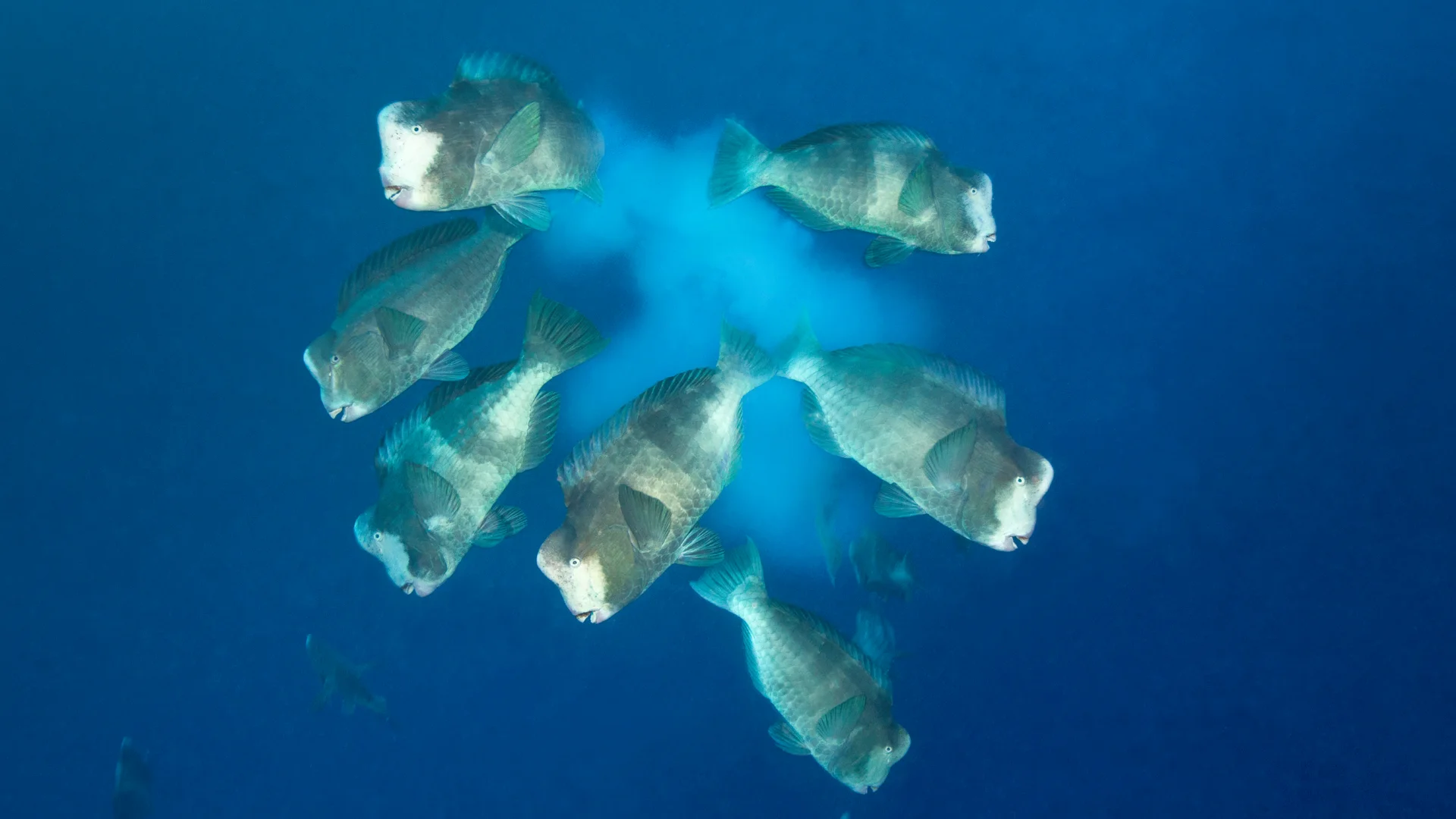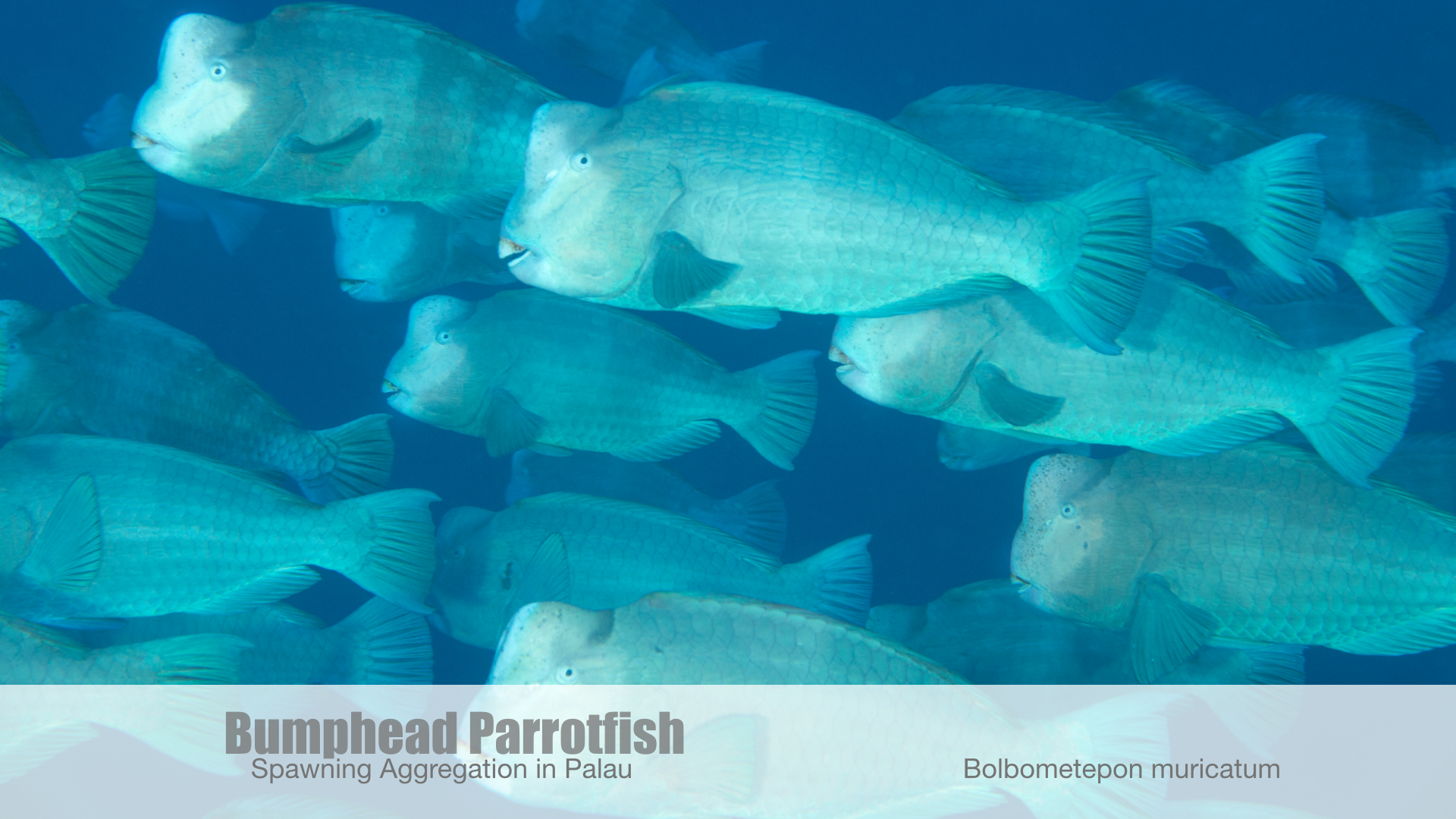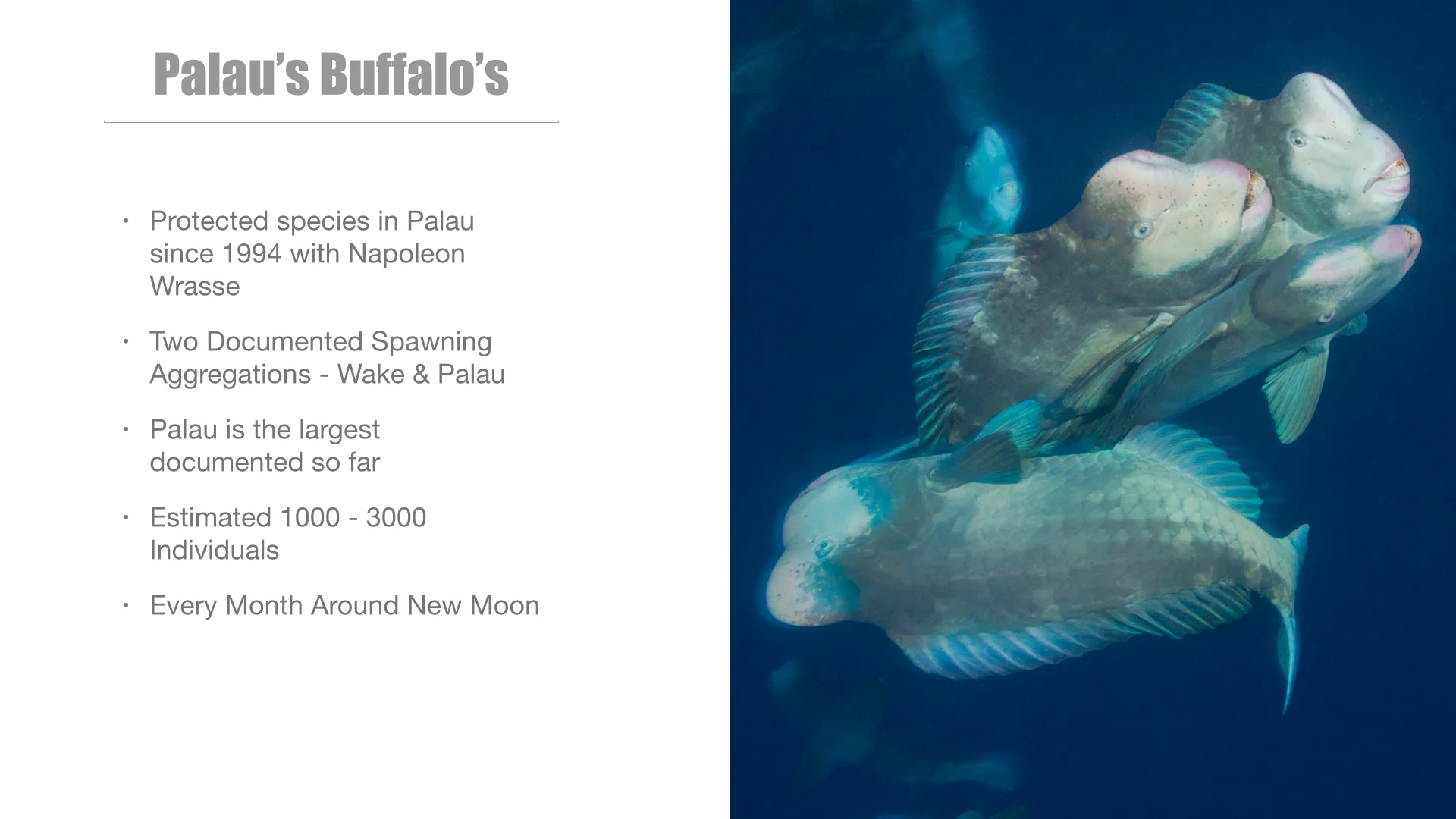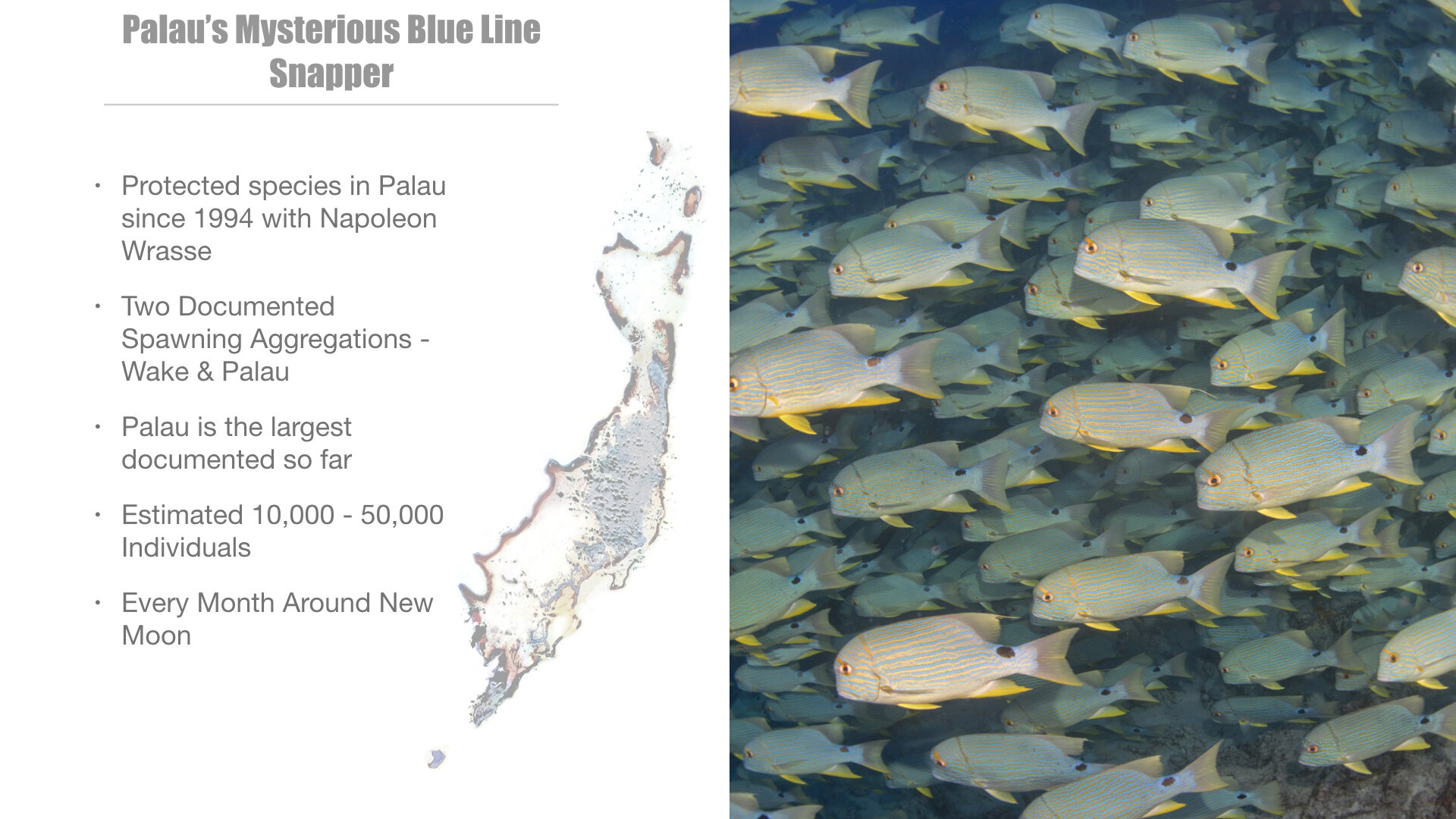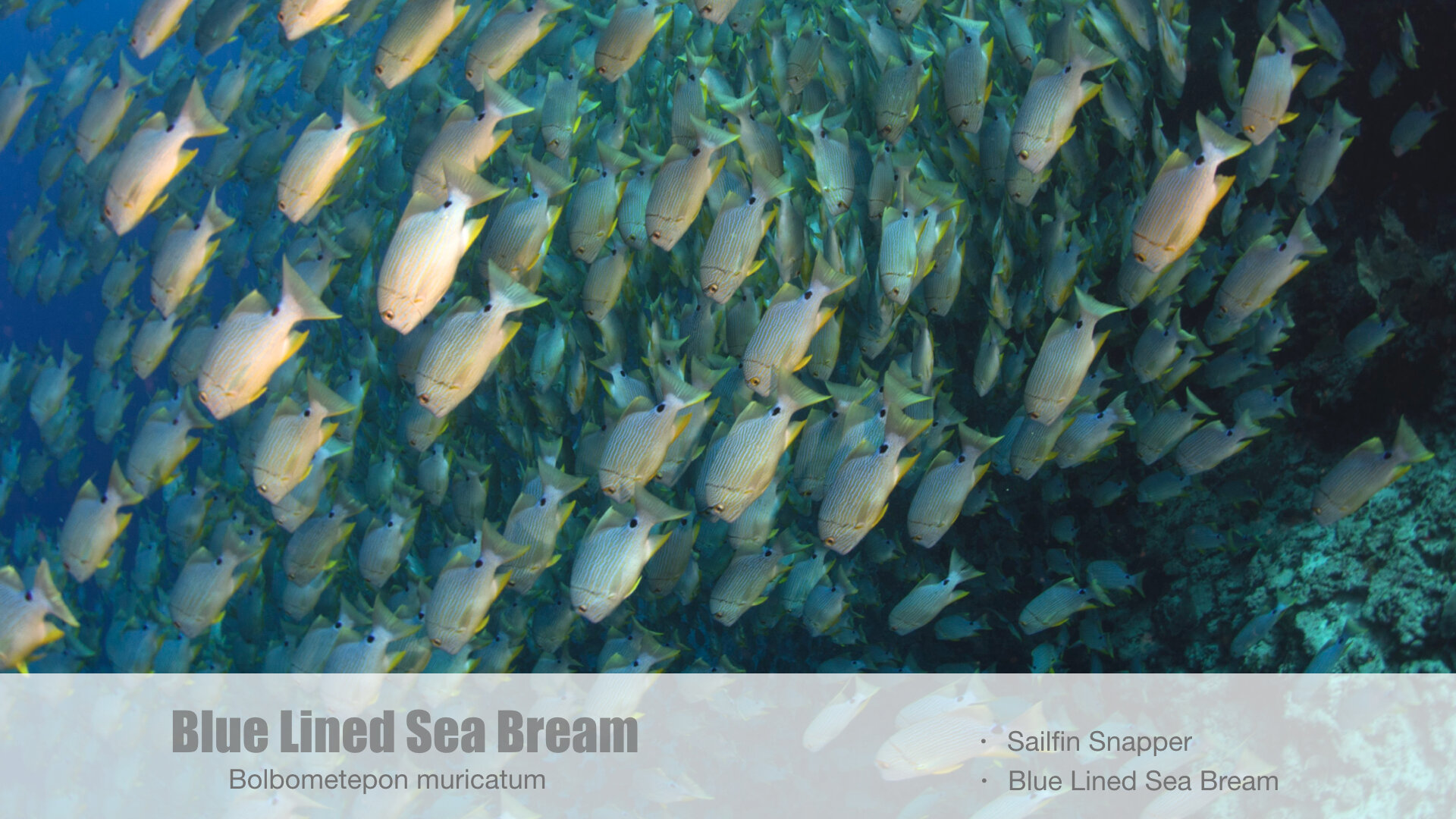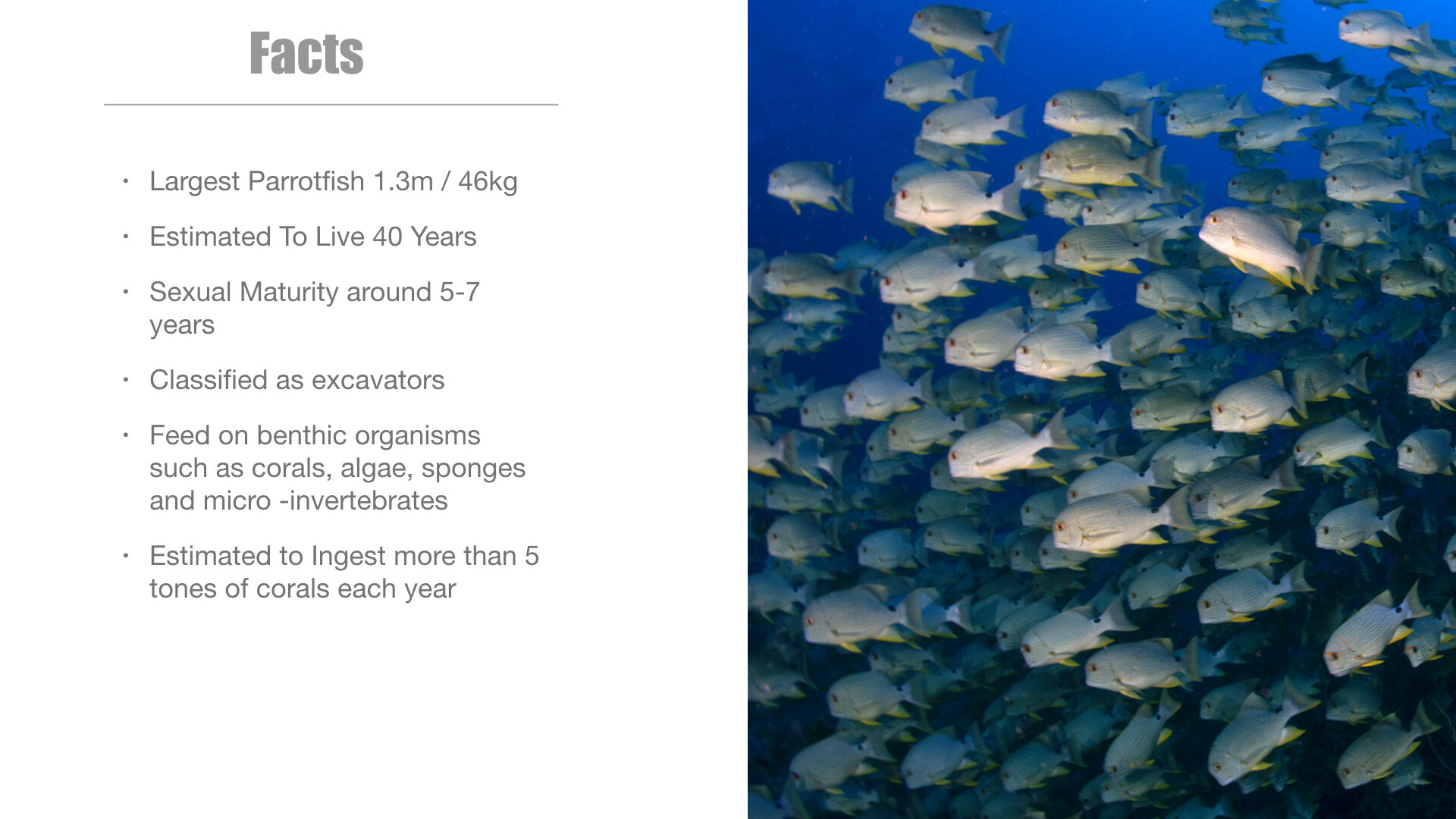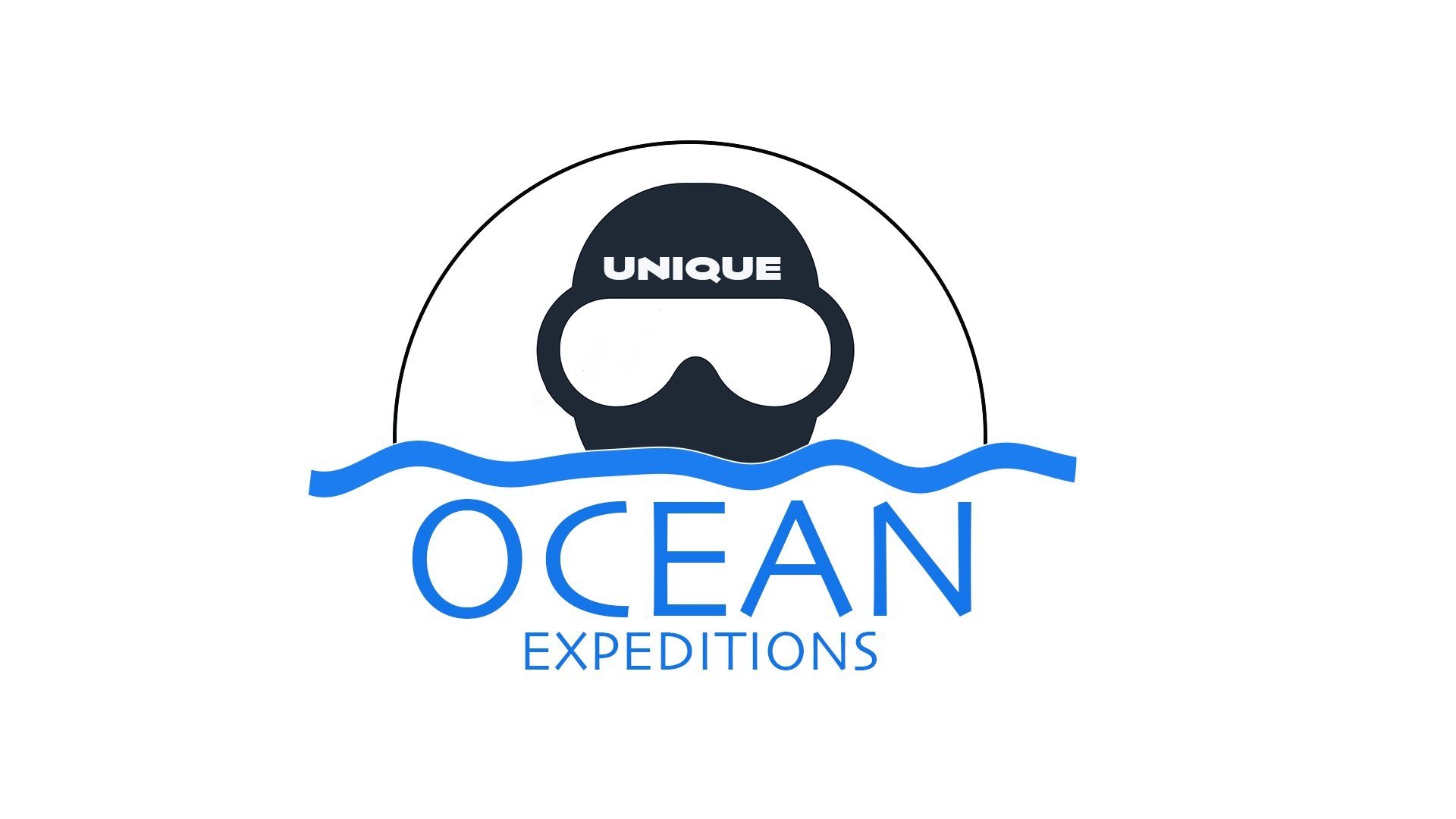PALAU
SOUTH WEST ISLANDS
HELEN REEF AND SEA BREAM COMBO EXPEDITION
THE EXPEDITION
There will be two expeditions being run in July 2020. The first will be the regular amazing diving that North Carolina has to offer. We will charter The Midnight Express one of Olympus Dive Centers vessels for five days and dive some of the most impressive wrecks covered in Sand Tigers. There will be in depth presentations of the wrecks each night along with photography workshops and presentations throughout the five day expedition. No decompression diving allowed.
The second expedition will be a Technical Dive Trip with decompression diving. Decompression diving is not allowed on the regular trips and so with most of the wrecks at 30-40m you bottom time is limited. We will be limiting the load to only 12 divers when the maximum load is normally 18. This will give us more space and less people in the water allowing for closer interaction with the sharks with longer bottom times. Rebreather and Technical divers only for this trip.
PALAU
Most dive sites in Palau are world-class, with underwater features like blue holes, drop-offs, caverns, caves and channels. Visibility often seems endless and can go up to 100ft (30m) on good days. For wreck dives nearer to Koror though, do expect only 15-45ft (5-15m) of visibility.
Palau can be dived year-round but it tends to rain frequently during July to October. Water temperature is usually warm at a range of 81-86°F (27-30°C) and a 3mm wetsuit will suffice. However during some months its possible to have cold thermoclines dropping down to 65-70F (23-26C). For Land-based divers most of the dive sites are located about 45-60 minutes away by speed boat from Koror with the key areas for diving concentrated around the islands of Ngemelis and Peleliu.
With the strong currents of the Pacific Ocean sweeping through Palau, most of the dive sites are recommended for divers with experience. A reef hook is critical to have for several dive sites at the outer walls of the barrier reef, especially at the world-famous Blue Corner.
Shipwreck enthusiast will be spoilt for choice in Palau as there are many sunken remnants around Koror from World War II. Many are easily accessible and intact, and divers can take their pick from cargo ships, transport vessels, navy destroyers and Japanese Zero planes.
SOUTH WEST ISLANDS
The Southwest Islands of Palau are several small islands spread across the Pacific Ocean about 600 km from the main island chain of Palau. They make up the Palauan states of Sonsorol and Hatohobei. The nearshore islands to the southwest of the main island of Palau (Babeldaob), which belong to the states of Koror, Peleliu and Angaur and the unincorporated Rock Islands, are not considered part of the Southwest Islands.
BLUE LINED SEA BREAM AGGREGATION
Leading up to the new moon tens of thousands of Blue Lined Sea Bream (Symphorichthys spilurus) are gathering around Palau’s outer promentories preparing to spawn. We begin our expedition before the half moon diving some of the big name sites with currents in preparation for the main event. These dives are early morning starts, as the sun rises, we will begin the dive to watch the spectacle that is about to unfold. A huge aggregation of snapper will rise from the deep, to ensure the continuation of their species. Witnessing this natural behavior--which only can be described as an underwater firework display of energy and excitement--also attracts the biggest predators in Palau such as Bull sharks and Oceanic blacktips.
BUMPHEAD PARROTFISH AGGREGATION
Leading up to the new moon hundreds of Bumphead Parrotfish (Bolbometepon muricatum) are gathering around Palau’s outer reefs and channels preparing to spawn. We begin our expedition before the new moon diving some of the big name sites with currents in preparation for the main event. These dives are early morning starts, as the sun rises, we will begin the dive to watch as the spectacle unfolds. A huge aggregation of Bumphead parrotfish will spill from the lagoon into the dive site like a waterfall, to ensure the continuation of their species. Witnessing this natural behavior--which only can be described as some kind of majestic dance is a must see.
SOLITUDE ONE
LIVE-ABOARD
RATES
ALL LIVE-ABOARD RATES ARE BASED ON TWIN SHARING
DATES
ITINERARY
PRICE BREAKDOWN
INCLUDES
14 or 21 Days of Diving
All meals - Liveaboard Only
Transport to and from Diving Shop
Airport Transfers
EXCLUDES
International & Domestic Flight
Park Permits
Gratuities
Rental and Dive Gears
LIVEABOARD
M/V SOLITUDE ONE
PALAU DIVE INFORMATION
WATER TEMPERATURE - 27c / 85F
WETSUIT - 3mm / 5mm
Blue Corner, one of Palau's most magical dives, is known for its sheer abundance of underwater life and reef configuration – the corner sticks out into the open ocean and then drops to the depths. Divers are dazzled by the incredible variety of fish, including barracudas, jacks, Napoleon wrasses and schooling grey reef sharks. Strong tidal currents render it a dive for the more experienced – a reef hook is a must to remain stationary in the current.
Blue Holes, may well be Palau's most scenic dive. It features four vertical shafts that open on the top of the reef and descend to a large cavern that exits on the outer wall at about 25m. Drifting down the shafts is a delight, especially when the sun is high. Dancing rays of sunlight flood through these openings and play with the blue hues. Schools of fish patrol the huge bottom exit, with dark blue ambient light as a background.
German Channel, Given the right set of circumstances, a dive at German Channel can be an unforgettable experience. Manta rays regularly visit this channel, which was blasted by the Germans to ease boat passage during their 1899 to 1914 Palau occupation. The mouth of the channel features some nice sandy areas with small cleaning stations, where mantas (usually two to five individuals) come to have parasites removed by little cleaner wrasses in less than 20m of water.
Peleliu Island, If you'd like to temporarily escape the relative hustle and bustle of the capital, the small coral island of Peleliu, in the south of the archipelago, offers a tranquil option. There's only one village – Klouklubed – and often it will seem like you've got the entire island all to yourself. The diving here is concentrated around the south East tip of the Island. Deep walls, strong currents and an abundance of fish life make this one of Palaus best dive locations.
Ulong Channel, is one of most thrilling dives in Palau. Divers start at the mouth of the channel, which consistently sizzles with fish action. Divers usually hook themselves to the reef to see hunting grey and whitetip sharks, jacks, barracudas and groupers, before drifting with the current along the channel. The seascape is incredibly scenic: the sea floor is carved by large parallel-running white-sand valleys, bounded by healthy coral formations and dotted with massive sections of sprawling lettuce corals.
Siaes Corner, When the tide is running and the month is right you can see more than 300 grey reef sharks here. Siaes Corner is a current-swept point that plunges vertically to about 50m. After jumping in the water, divers drift along the wall to the corner. As you reach the corner, you attach your hook to a dead coral to watch for electric fish action, which usually includes grey sharks, blackbar barracudas, jacks, bumphead parrotfish, anthias and fusiliers.
Shark City, is the outer most promentory in Ulong and sometimes one of the best dives in Palau. Conditions are similar to Peleliu with strong current and action dives along with high rewards such as bull sharks, oceanic blacktips and pelagic encounters. The corals and reef life is also spectacular.
SPAWNING DIVE INFORMATION
EARLY MORNING STARTS
POTENTIAL CURRENT DIVES
Bumphead Parrotfish (Bolobometepon muricatum) Hidden on the West side of Palau lies a sandy slope perfect for the continuation of one of the oceans friendliest green giants. This is the biggest bumphead aggregation so far discovered on the planet. Most divers would be lucky to have witnessed a school of a hundred feeding around the reef, here you can see more than a thousand displaying color changes, males banging heads and a thousand fish spawning, truly a magical site.
Early in the morning the school starts to form on the shallow reef top. One by one following each other from the shallows out onto the reef top like a waterfall, the aggregation begins to form. Hundreds turn into a thousand and the reef starts buzzing ready for a show.As a function of light and tide start to collide so do the bumpheads. Each green fish now starts displaying sexual dimorphism (colour changes). Bands and bars start appearing on the bodies and all heads are now white, the show is about to unfold.The huge school spills into the blue water and the fish begin schooling deeper and swimming at a faster rate . The mating dance begins, males and females swim backwards and forewords in some kind of untimely dance, white heads bobbing around in the deeper bluish water.You wait patiently for the first female to make her move, once this happens the whole school will rise and a mass spawn will happen in front of your eyes. Spawning for only a few intense minutes at first the school darts back into the deep and the mating dance continues, the females seeming to want to make the males work a little harder.Again another female breaks off from the huge school and rises closer to the surface, with eager males close behind. Again and again spawning rushes are happening all around you.This firework precision can last as long as thirty minutes or more in which time the school and spawning will slowly start to decrease as the tired bumpheads begin to leave the site.
A thousand soon dwindles down to less than a hundred and the once active site soon returns back to its original feeling as all the bumpheads begin to leave returning back next month .
PRESENTATIONS
During your stay with us your Expedition Leader and Location Expert will be working together delivering you in depth presentations regarding the biology of what we are witnessing. These presentations have taken years to formulate and develop and what makes part of our collaboration with Unique Dive Expeditions so special.
PHOTOGRAPHY WORKSHOP SKILLS
RICHARD BARNDEN from Richard Barnden Photography will be leading this expedition and sharing his knowledge and skills of shooting these spawning events. Richard has dedicated the last ten years of his life learning and discovering some of these unique events. Each evening Richard will give in depth presentations about the following days diving along with photography tips on things like settings and compositions.
Photographing spawning events can be extremely challenging throughout our workshop I will be there to give hands on experience on some of the following topics
SKILLS EXPLORED
Equipment and Photographic Gears
Spawning Environments
Settings for capturing spawns
Lighting - Ambient Light
Lighting - Strobes
Settings and Compositions
